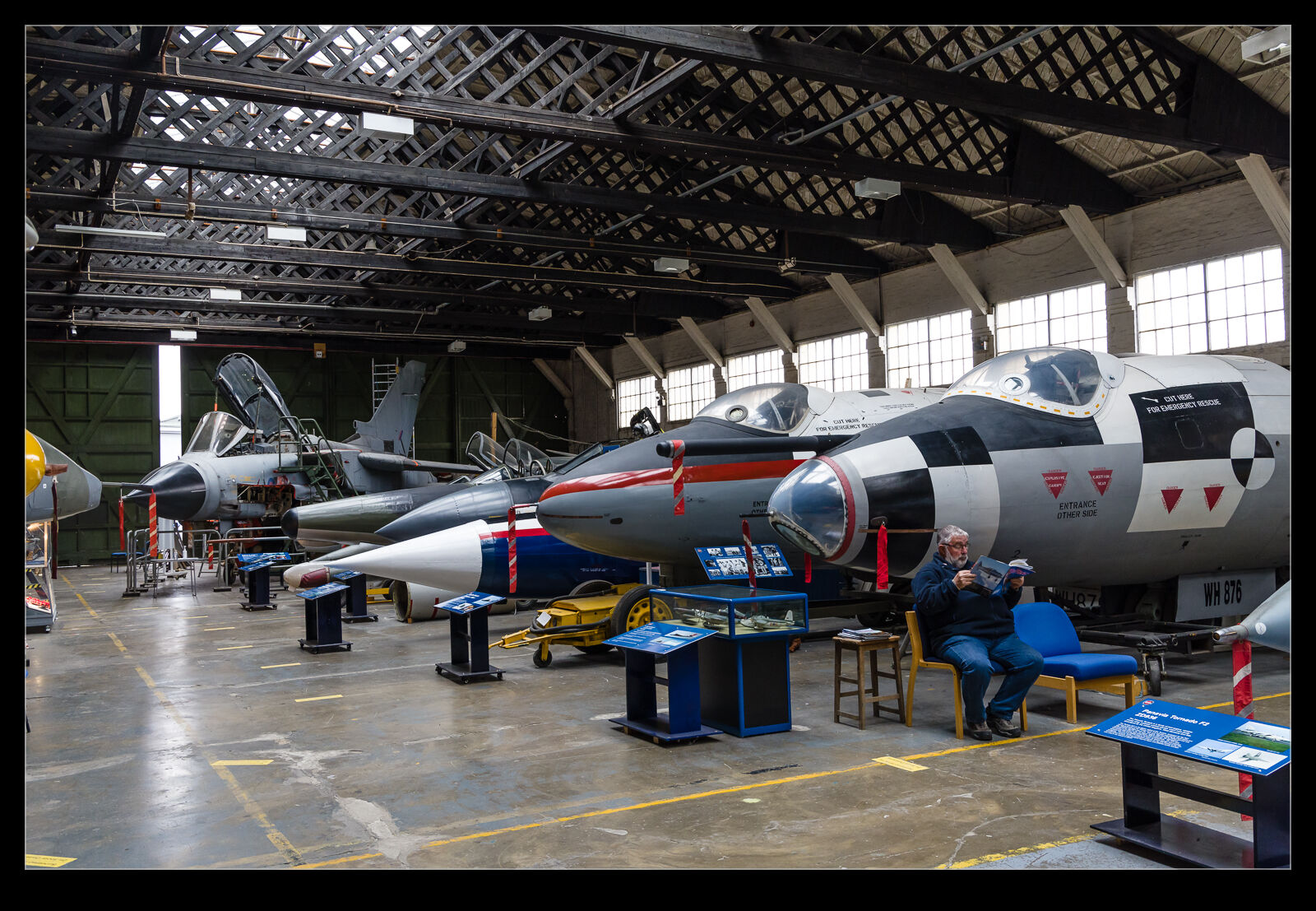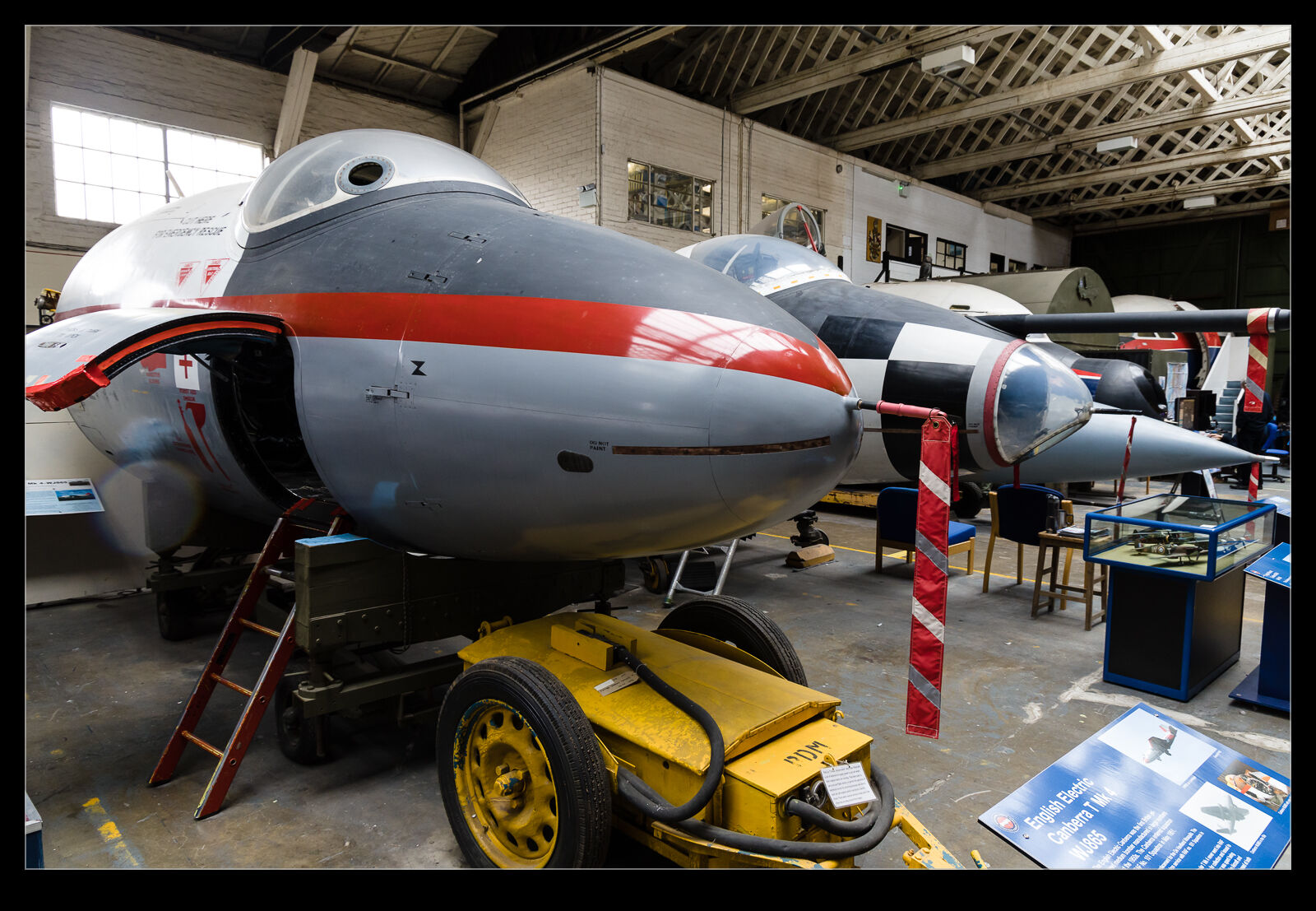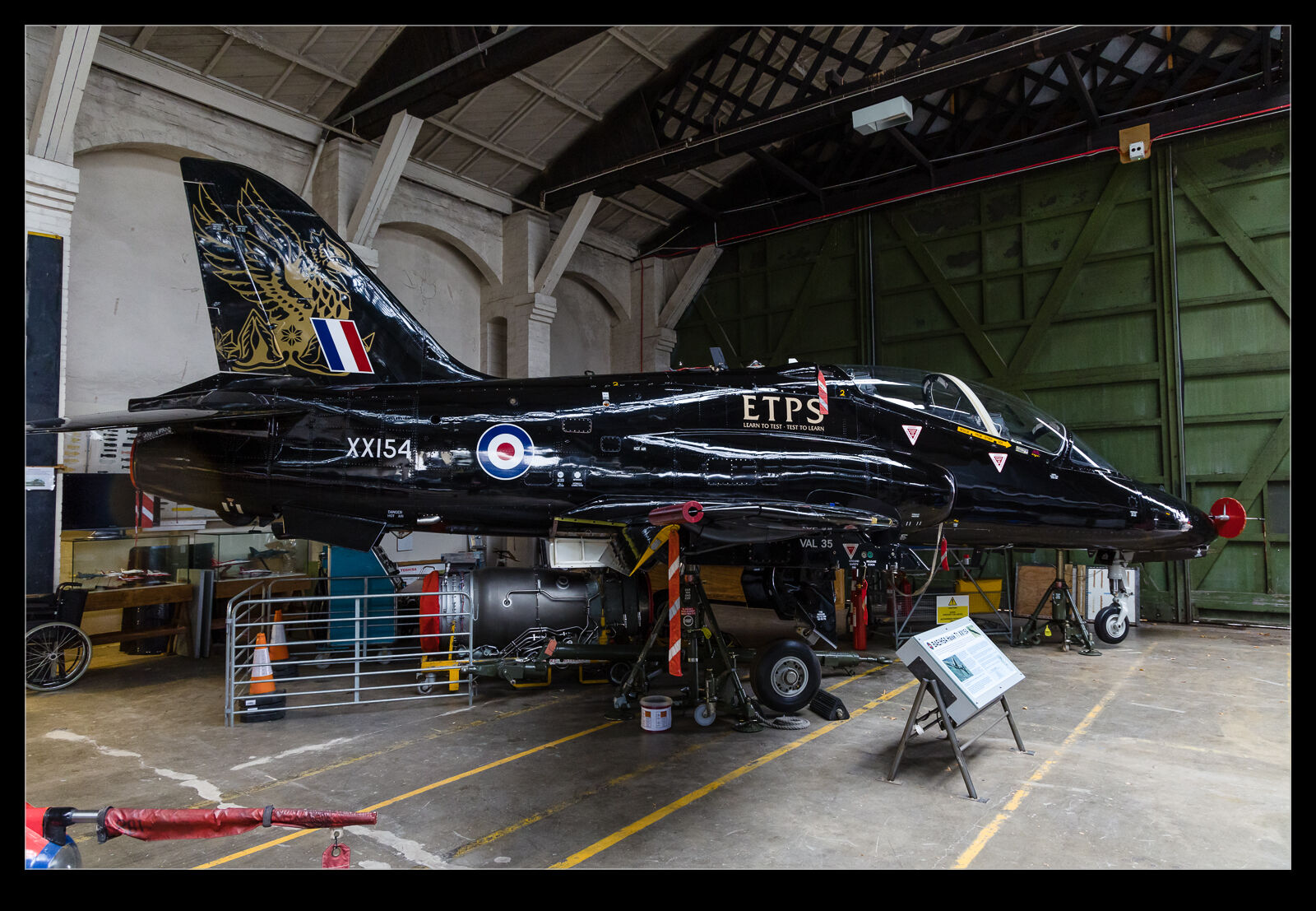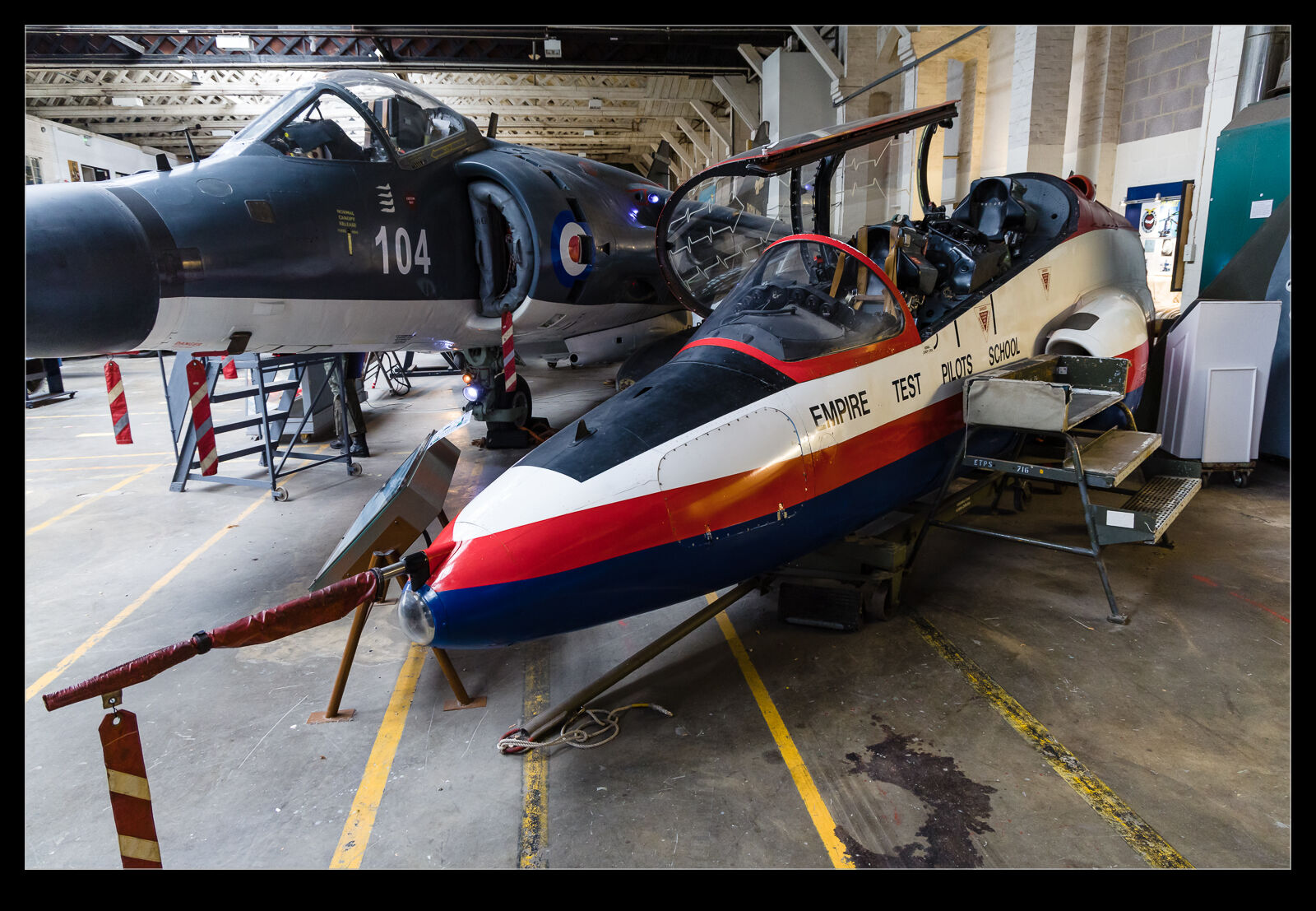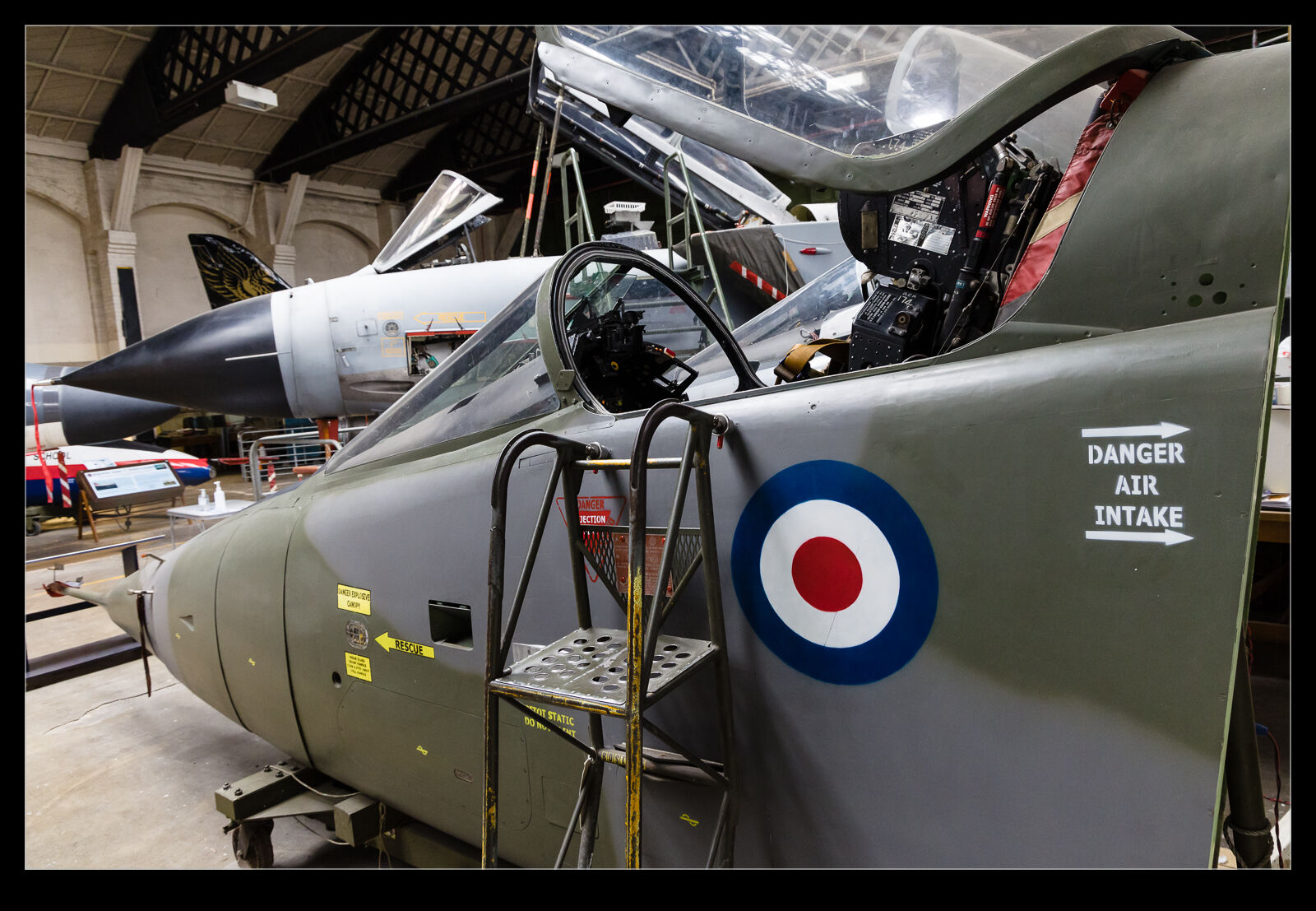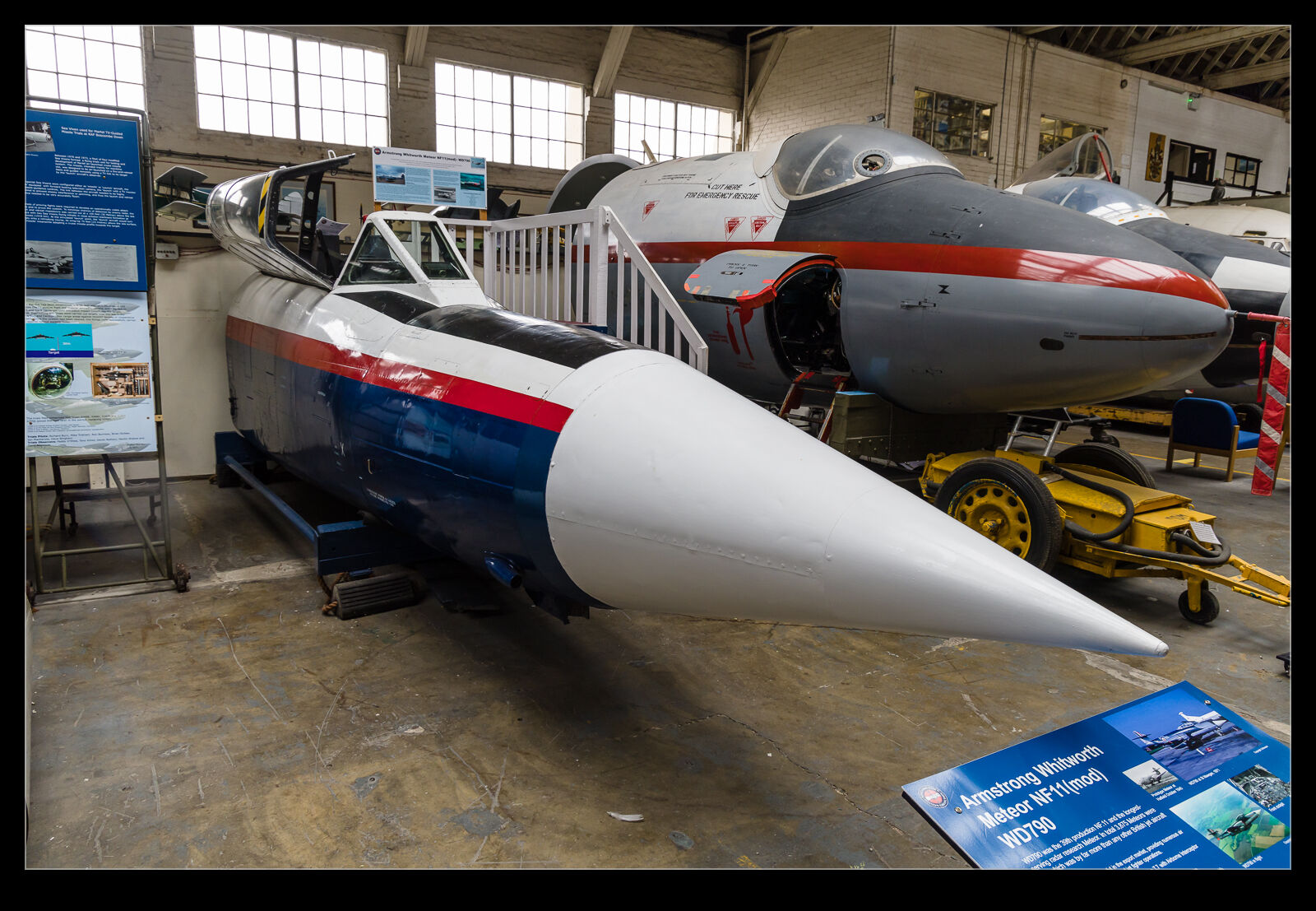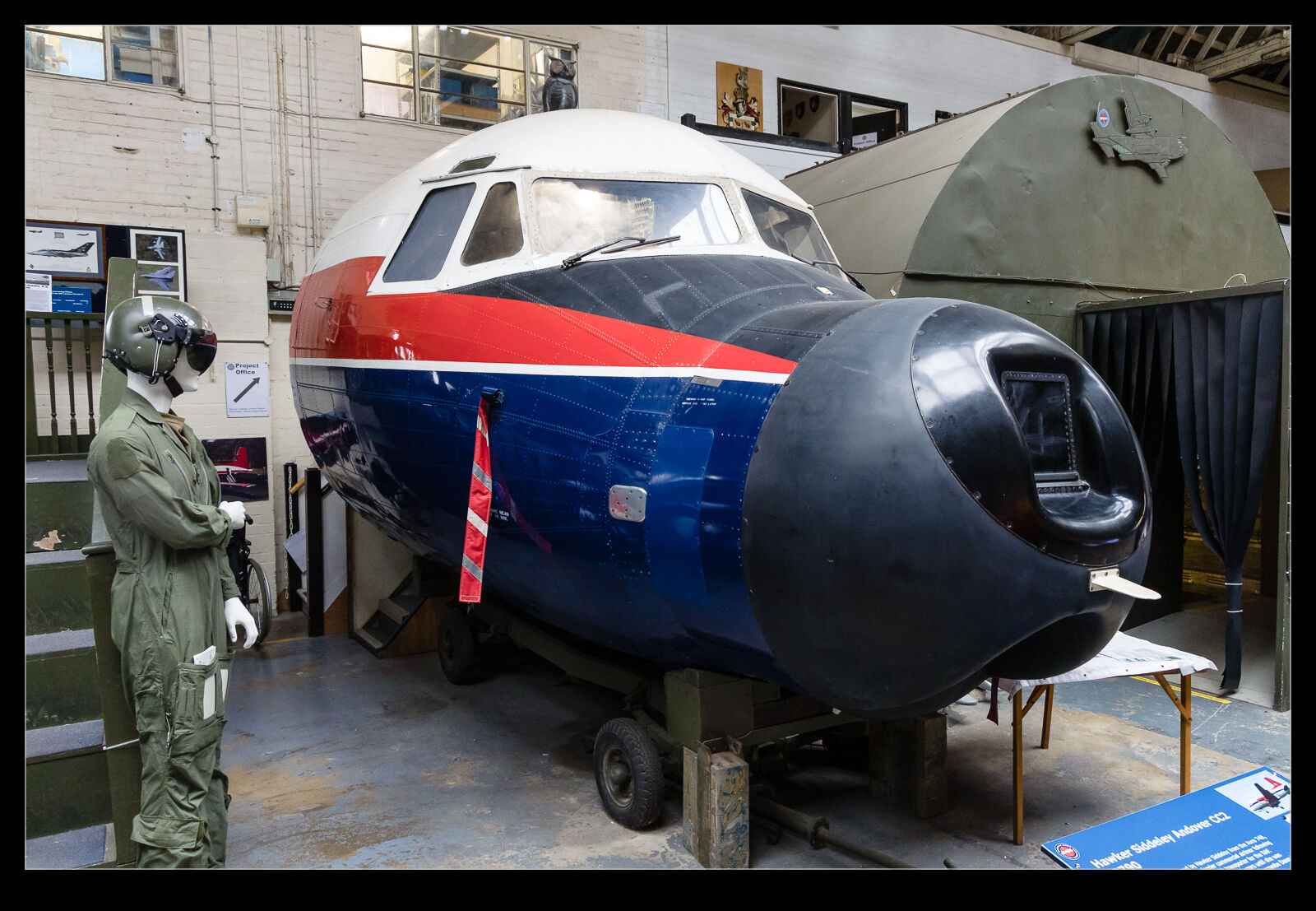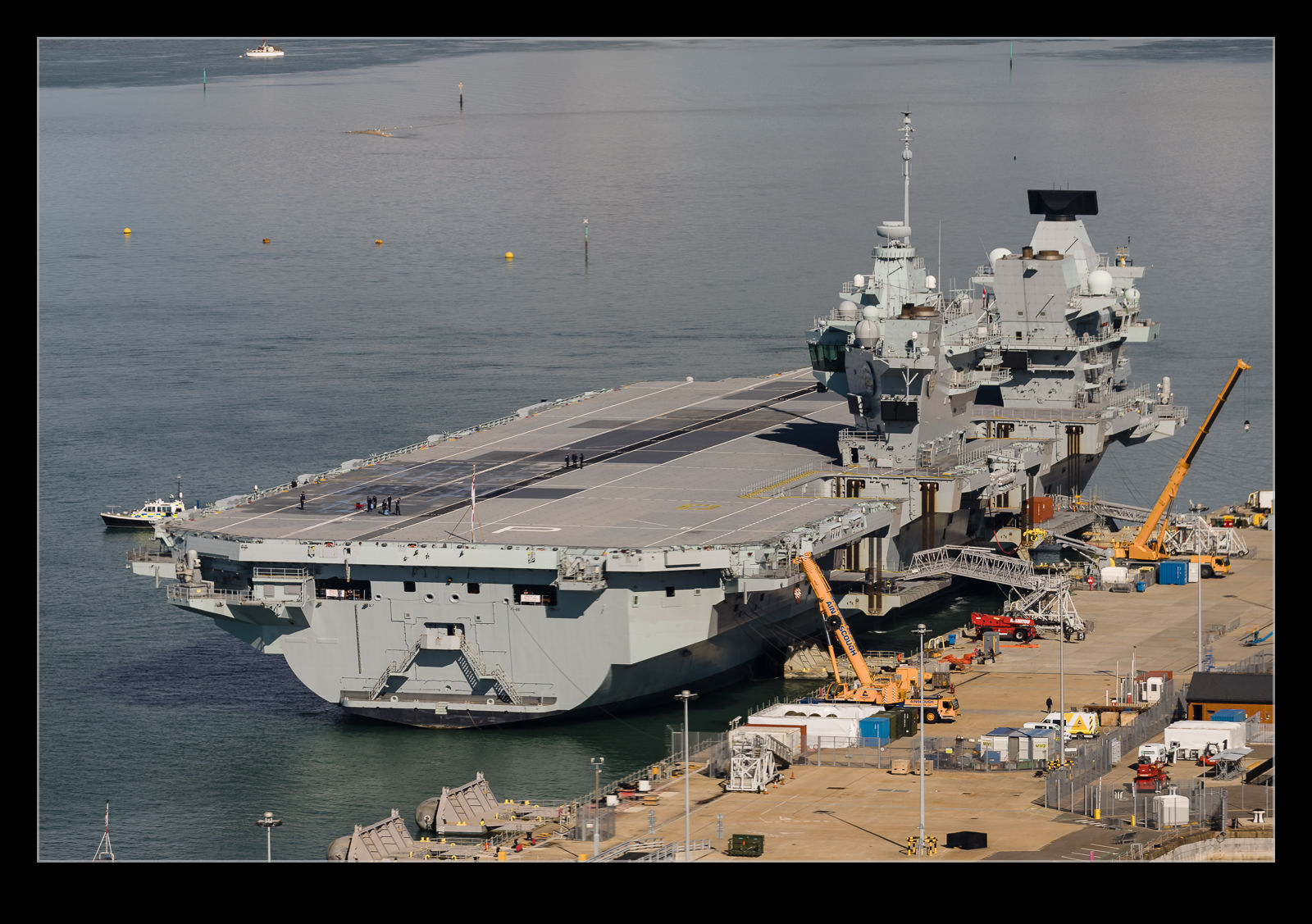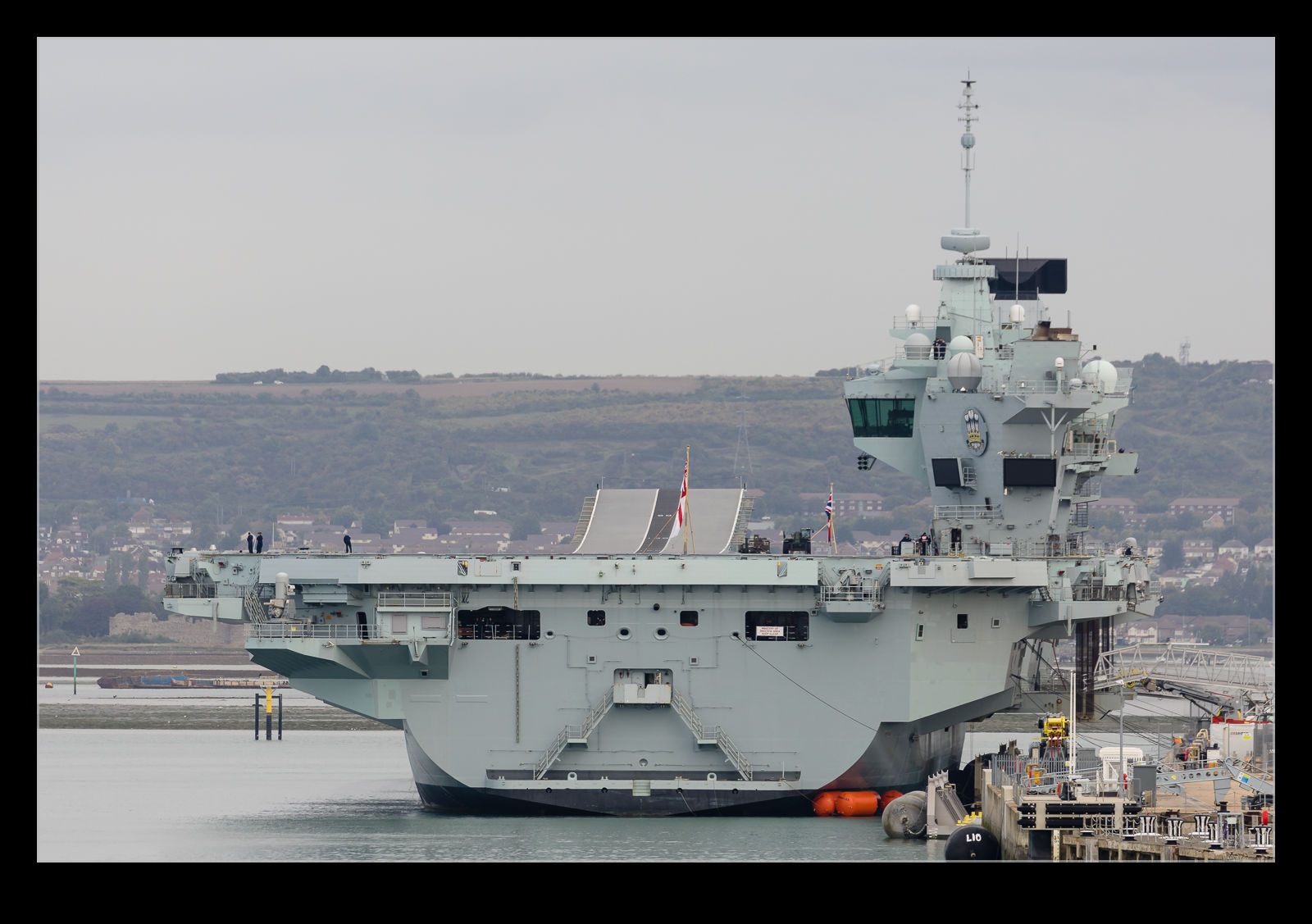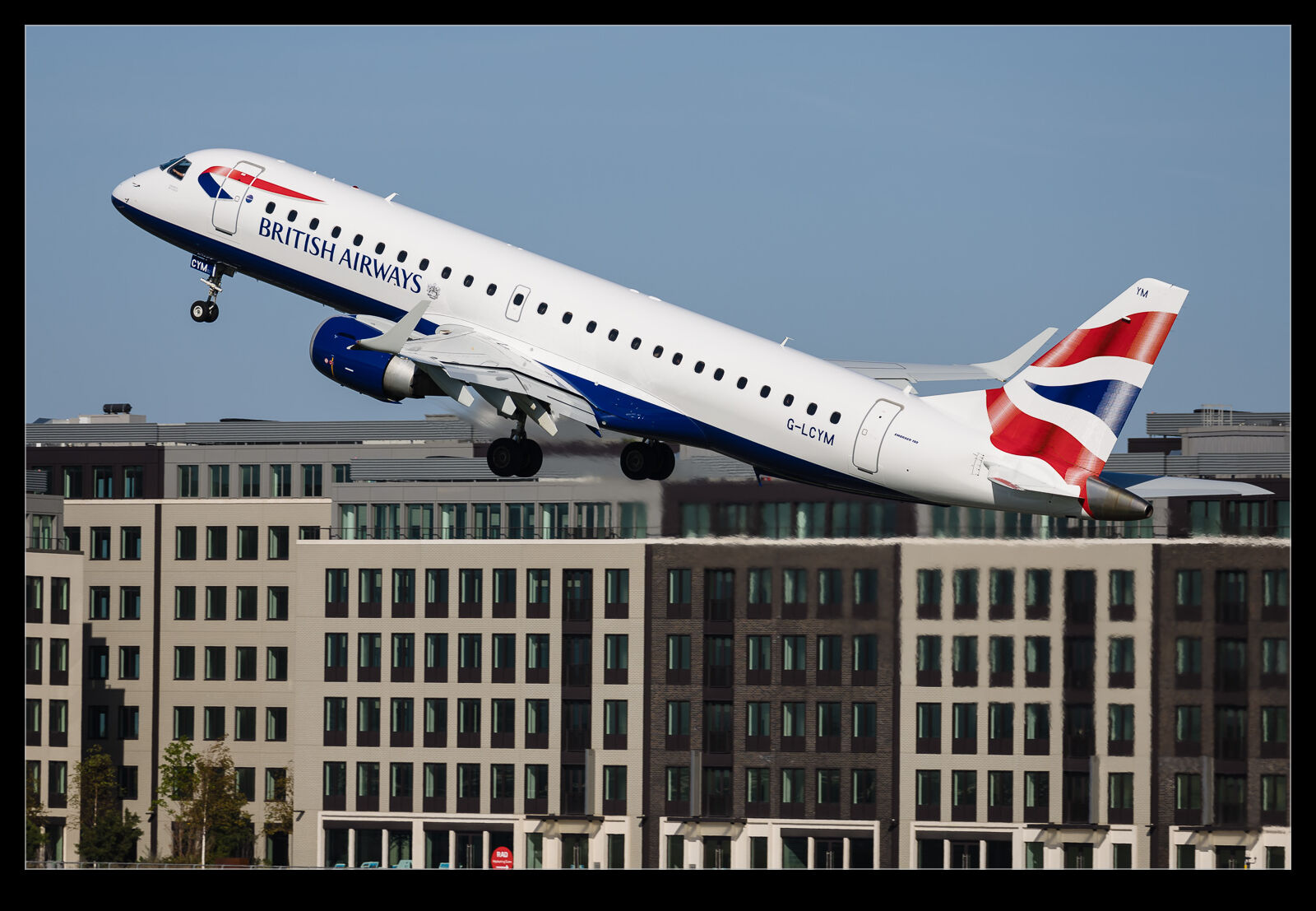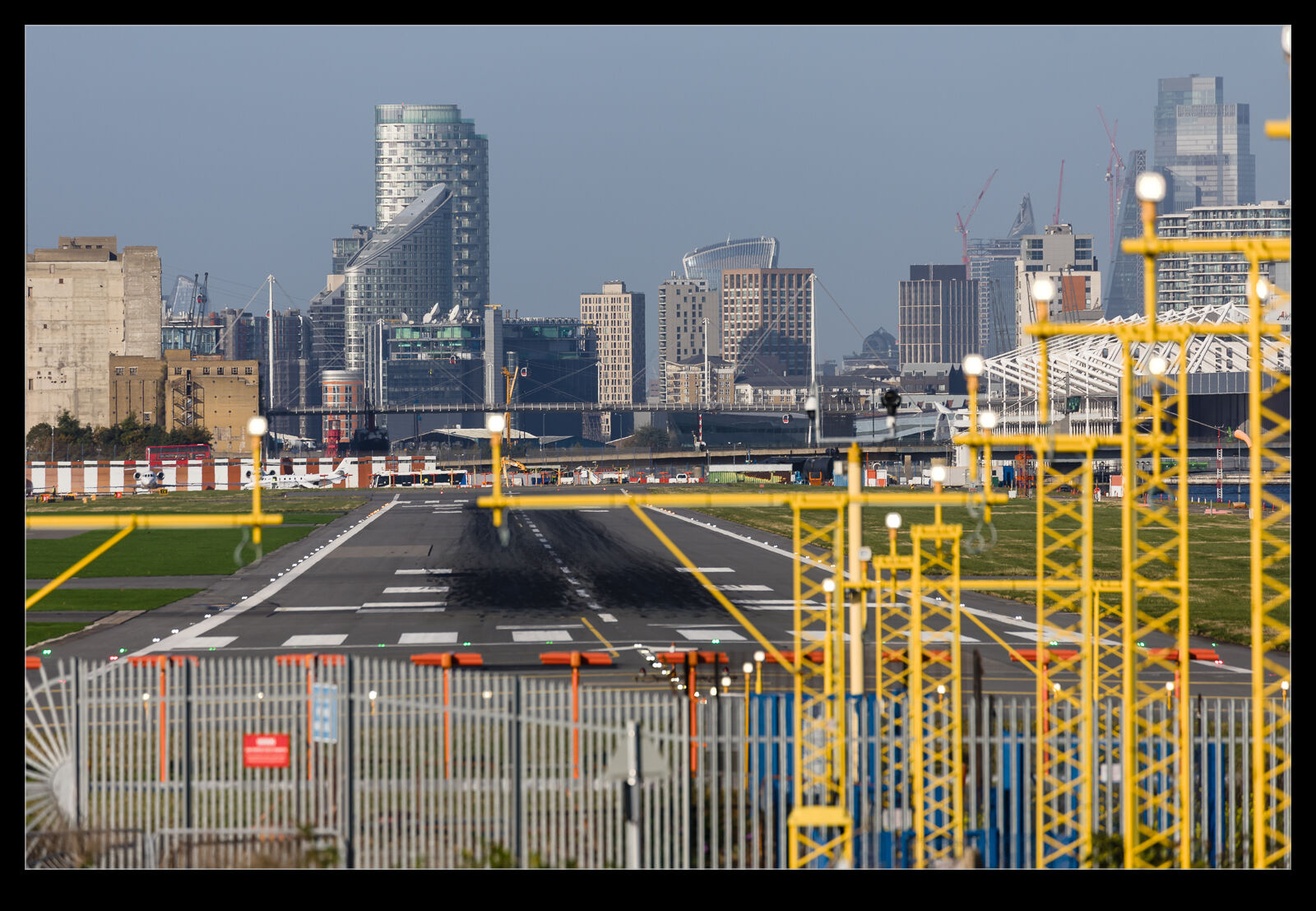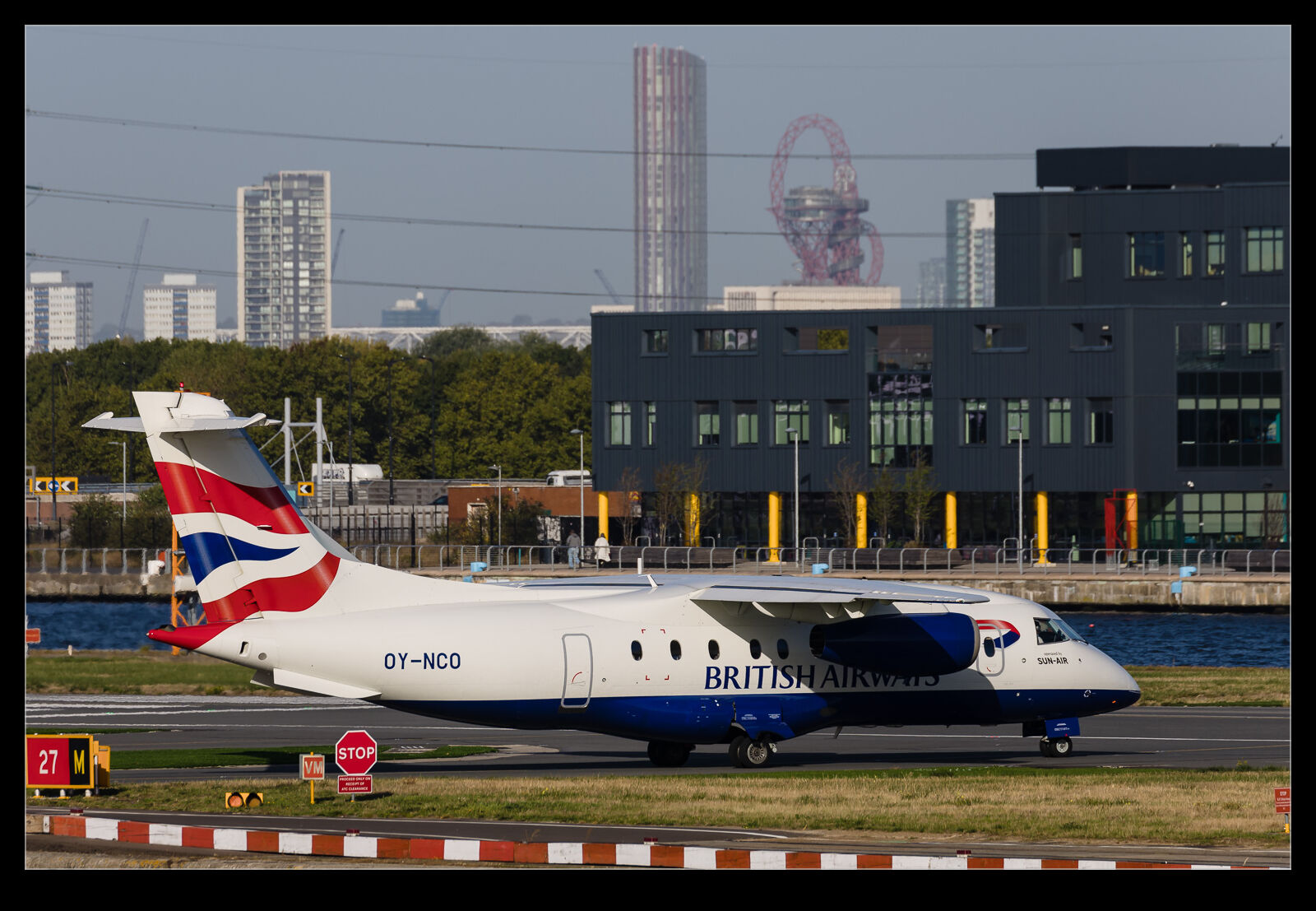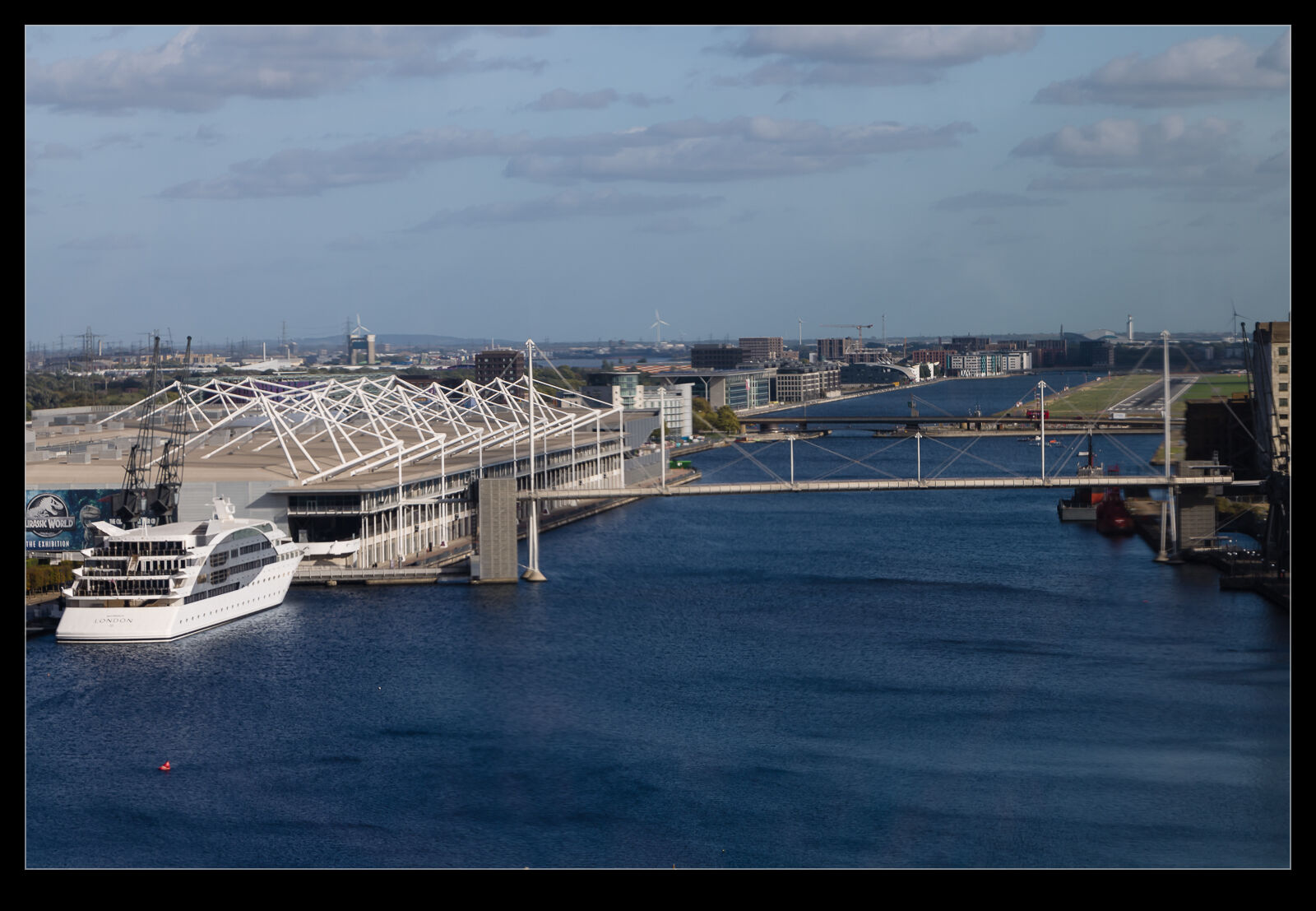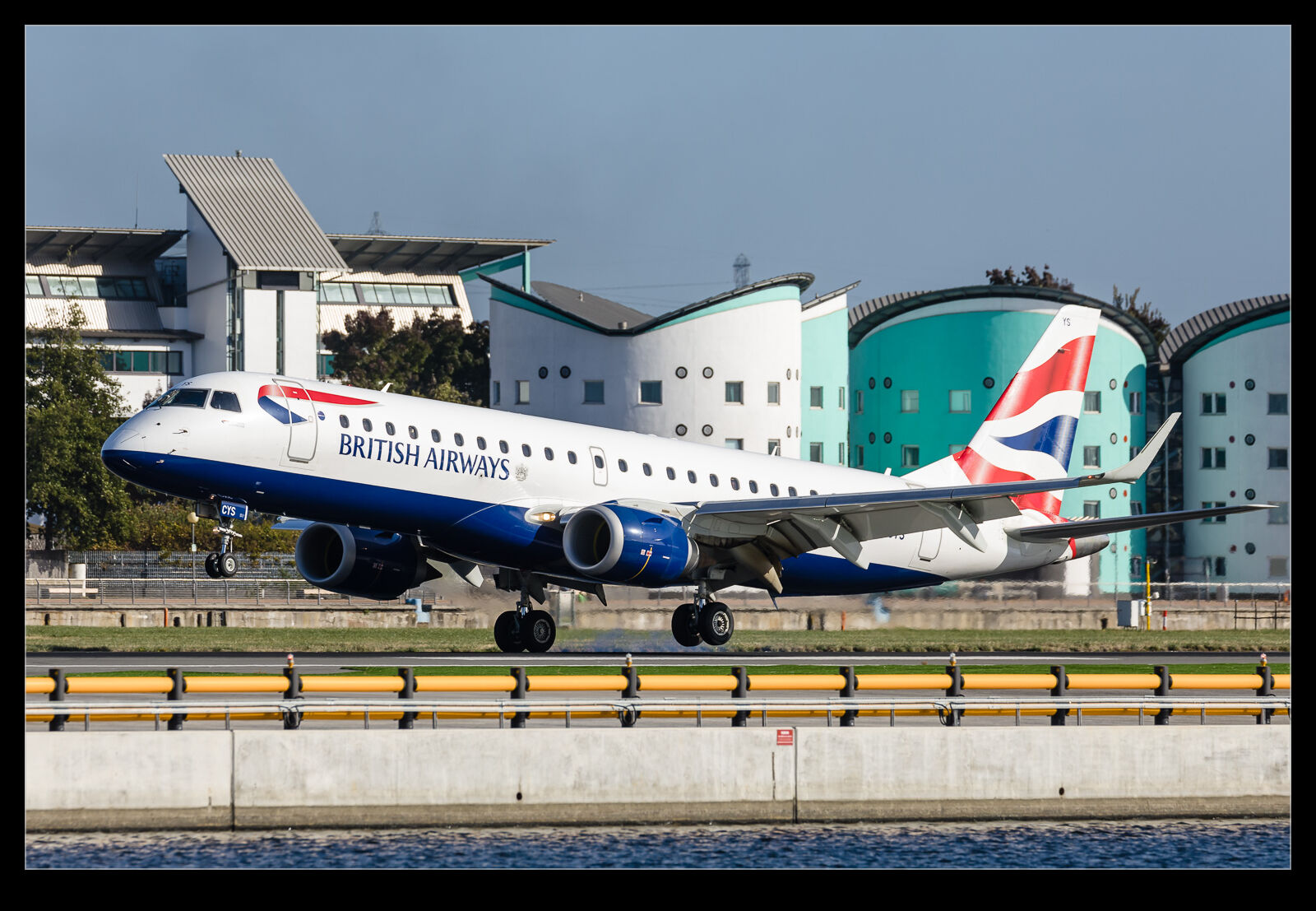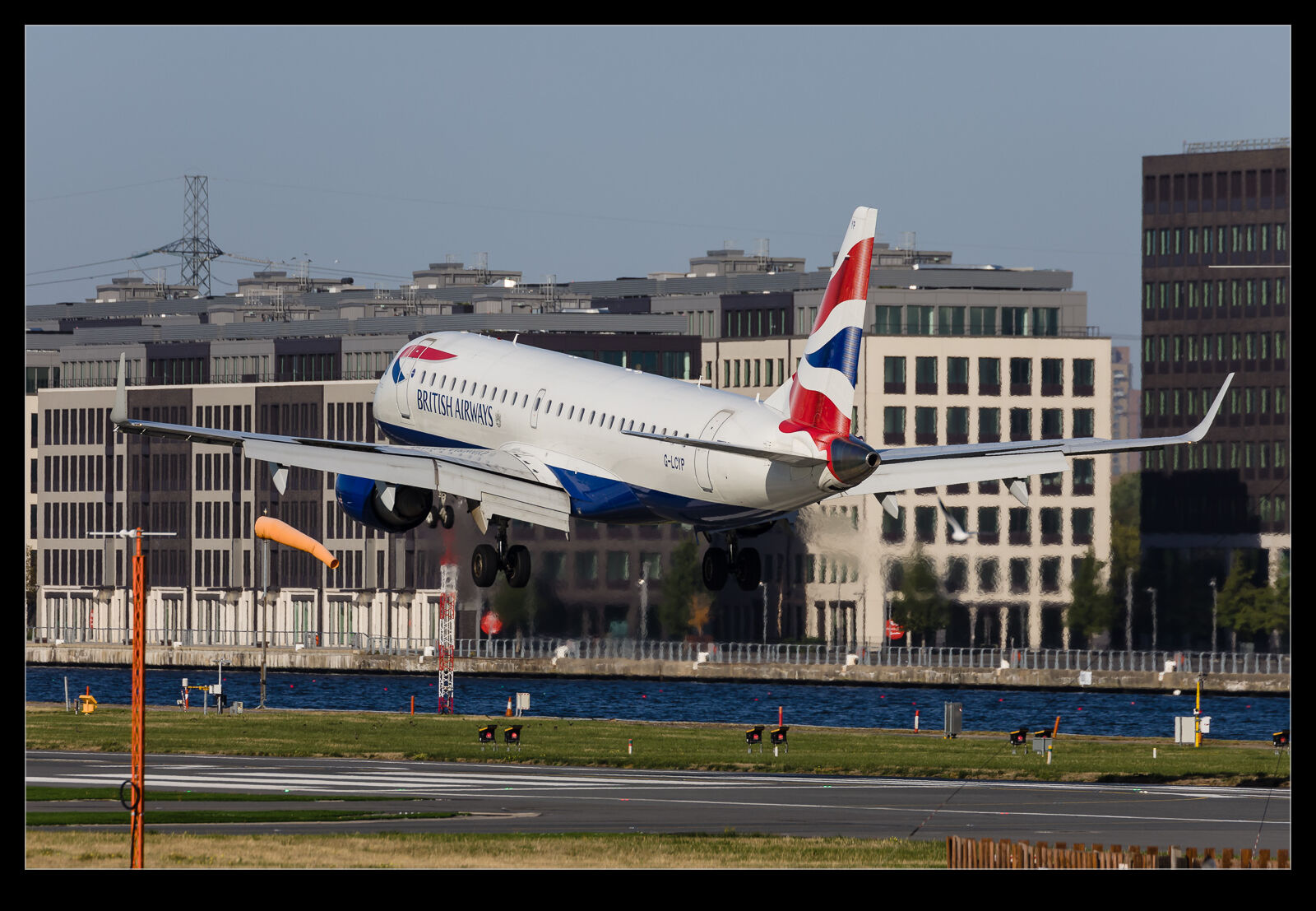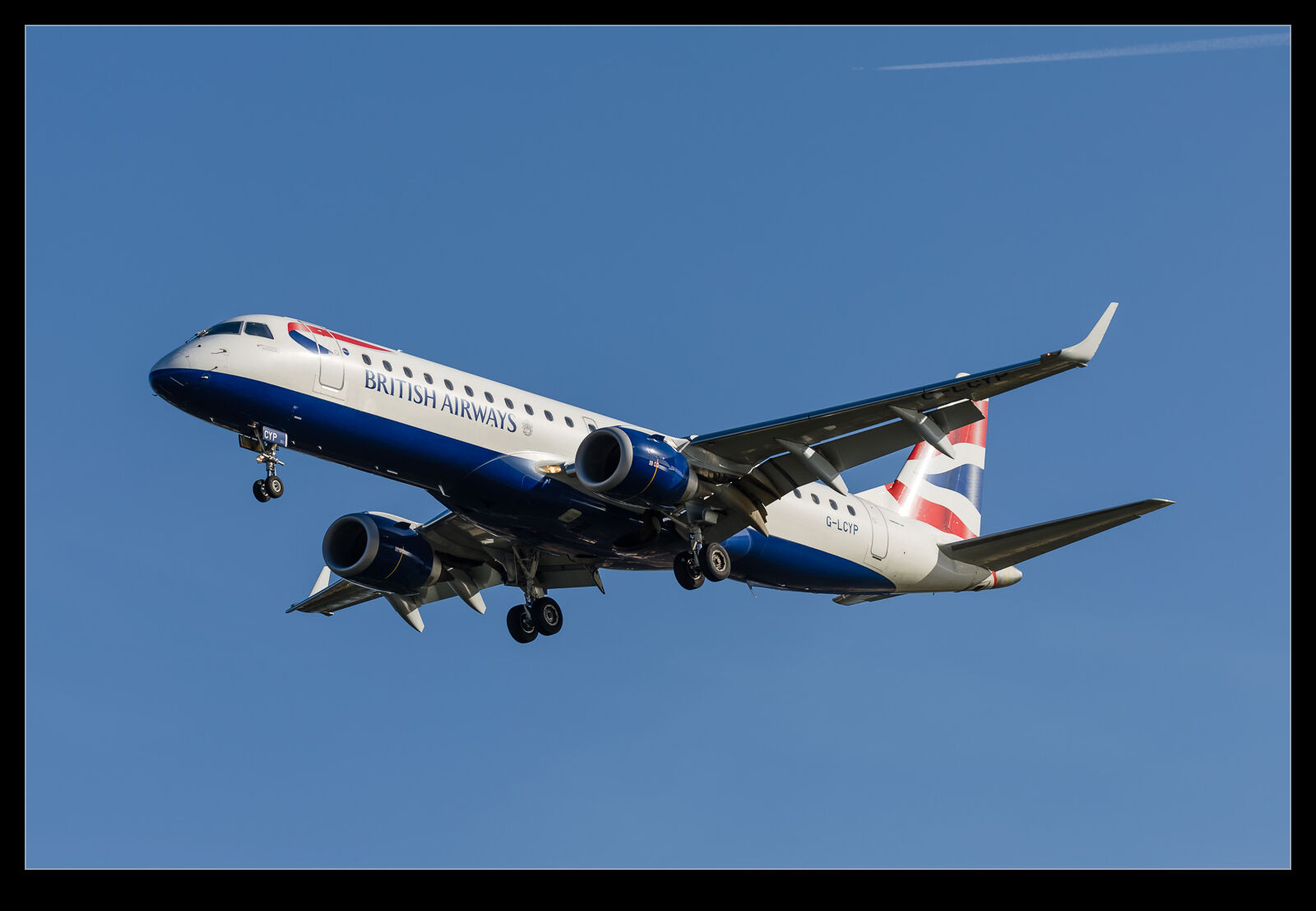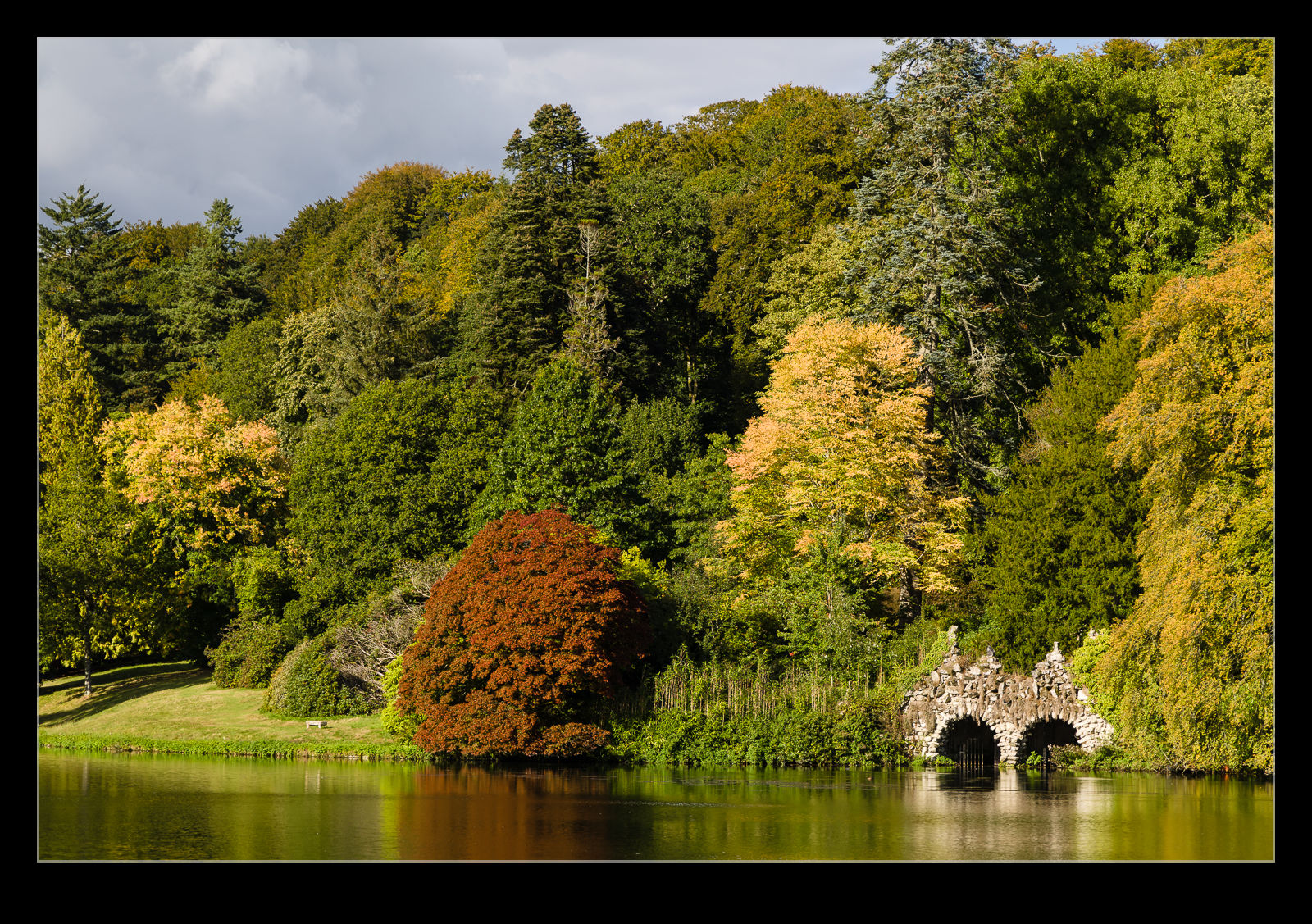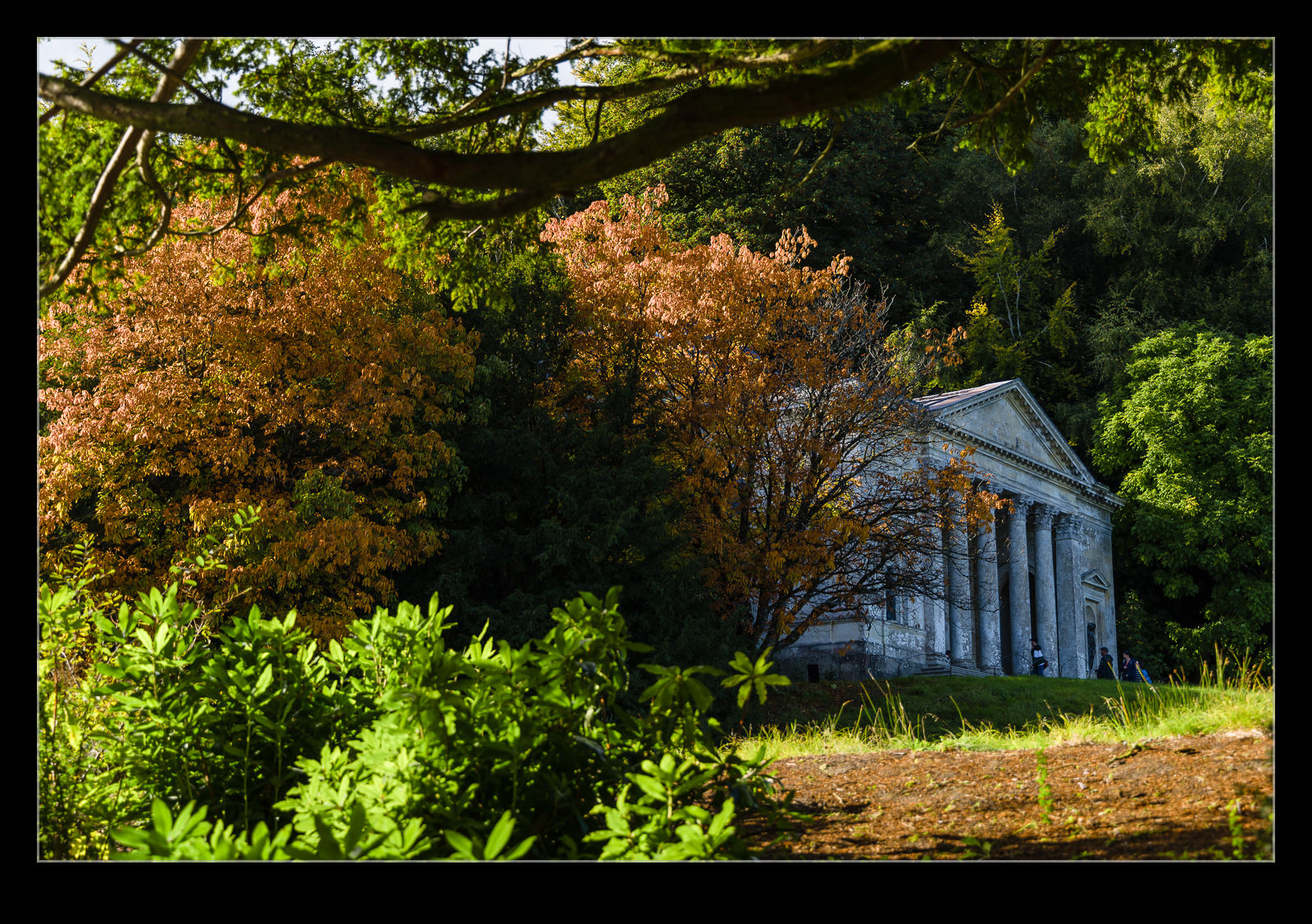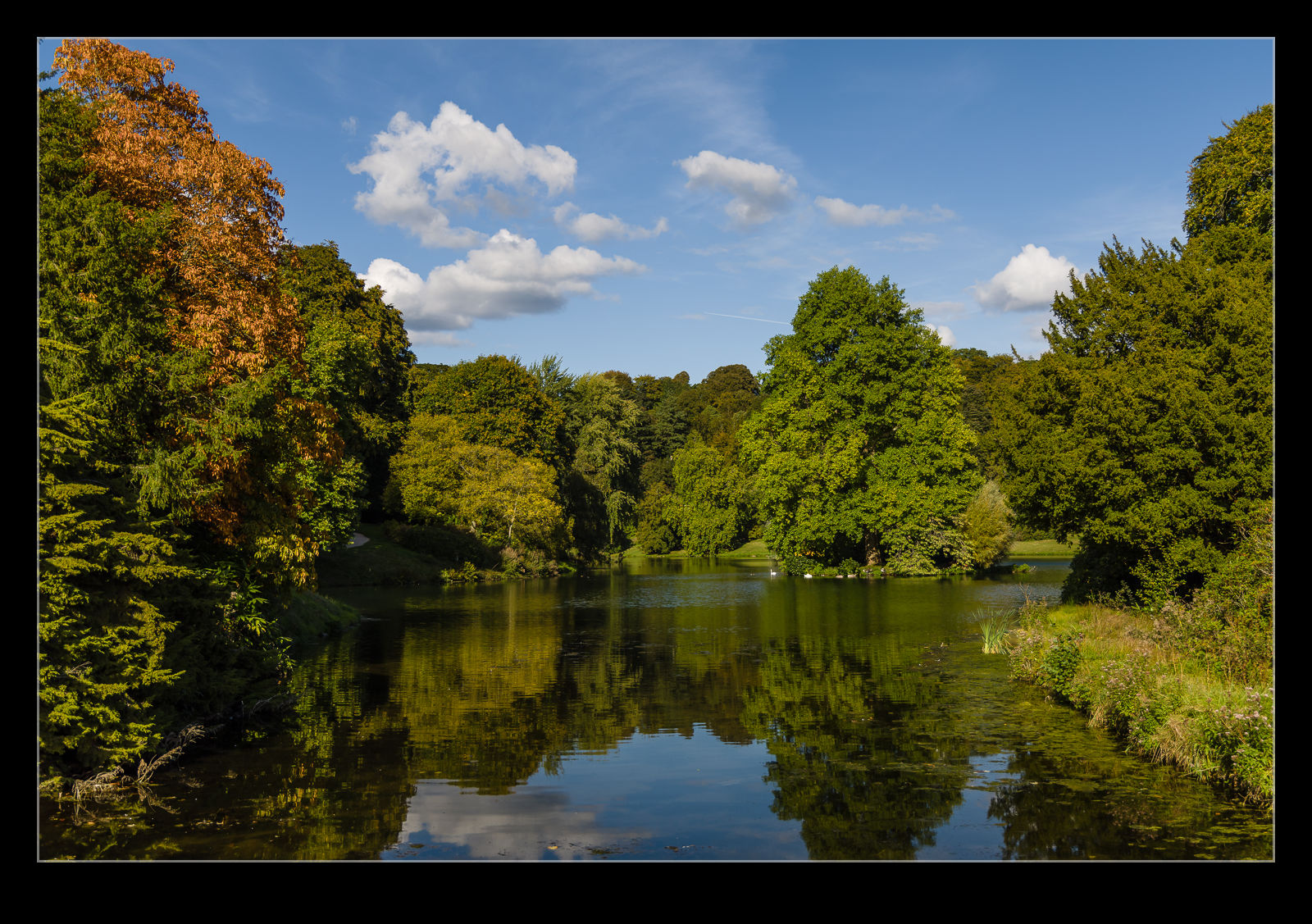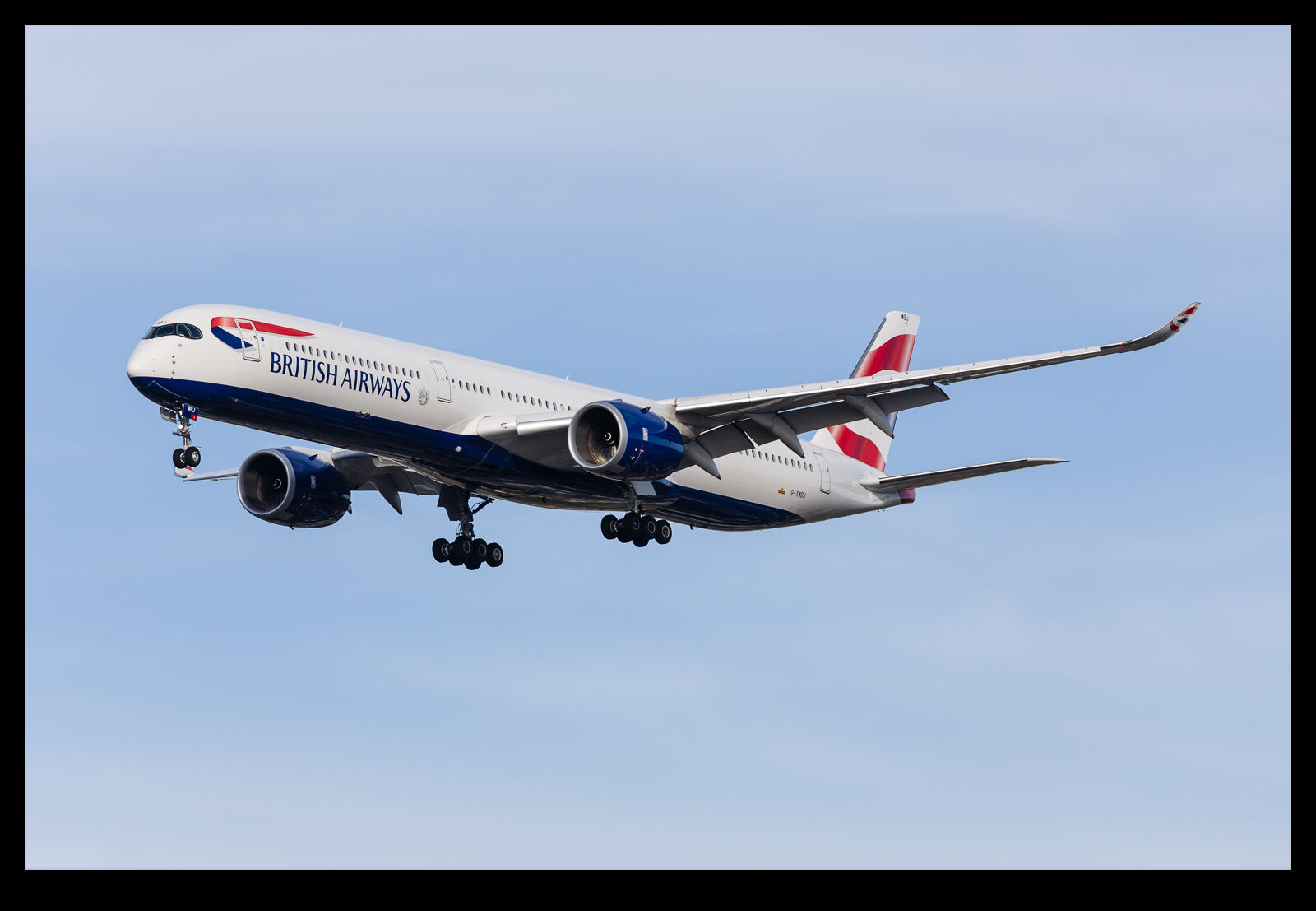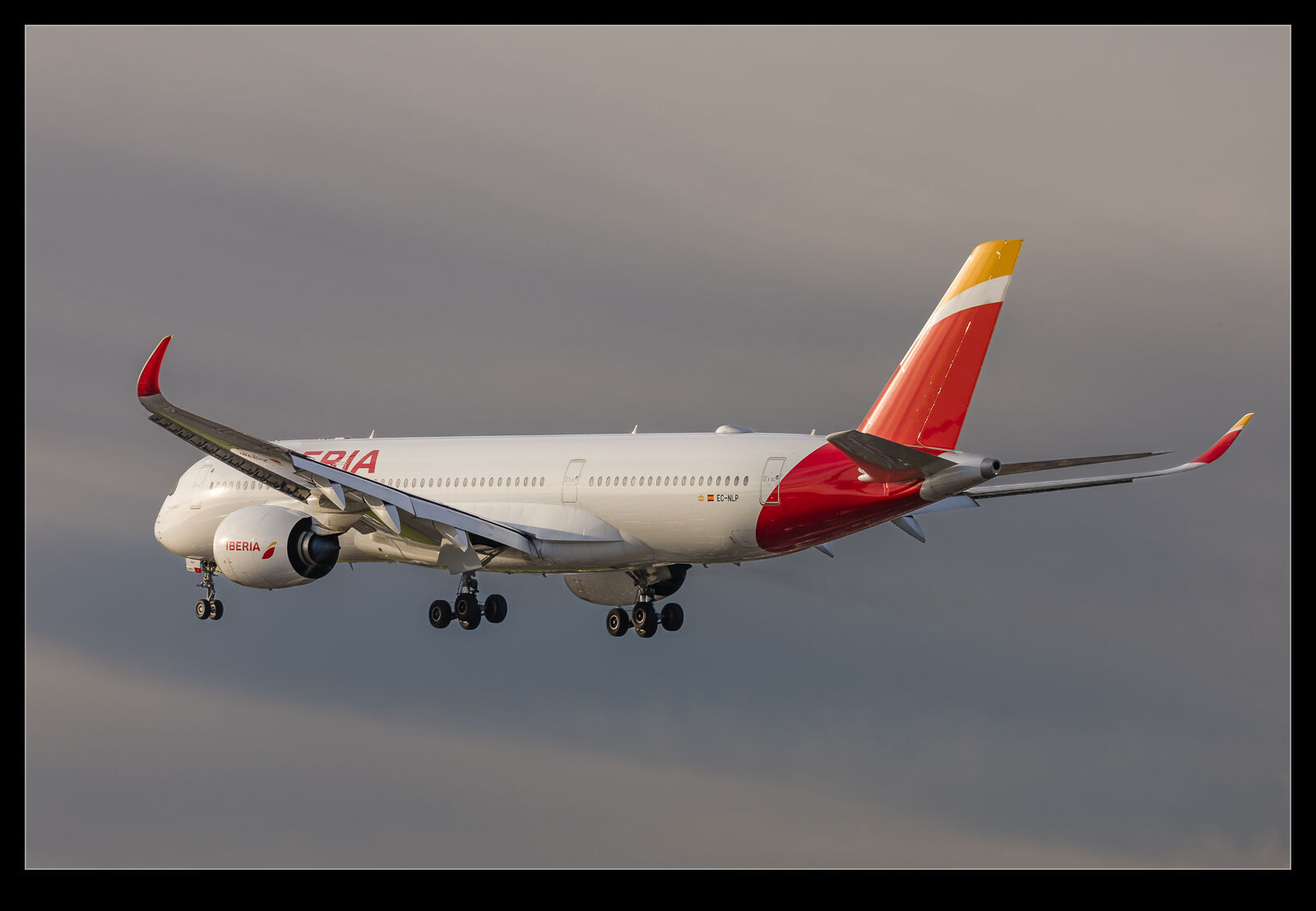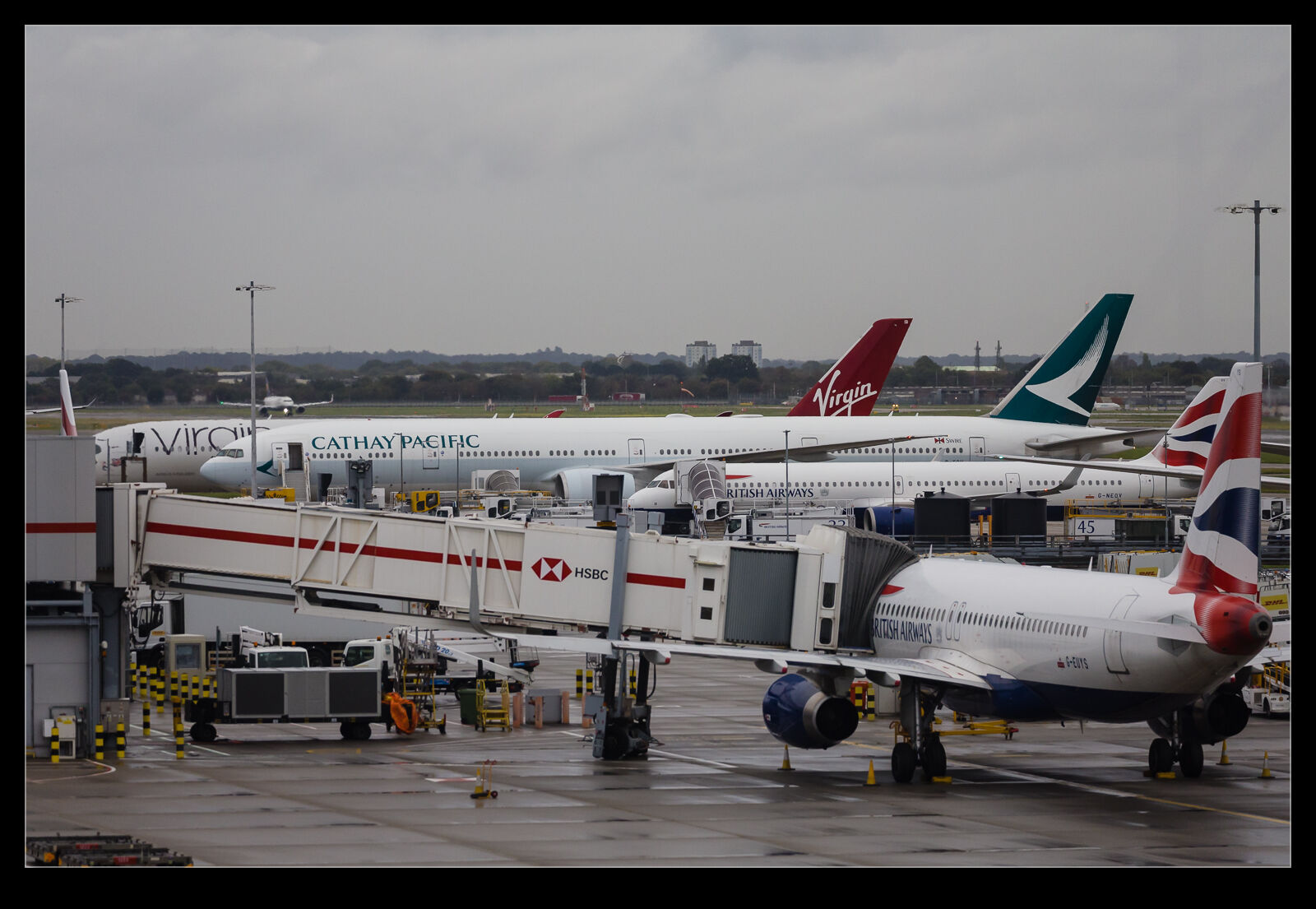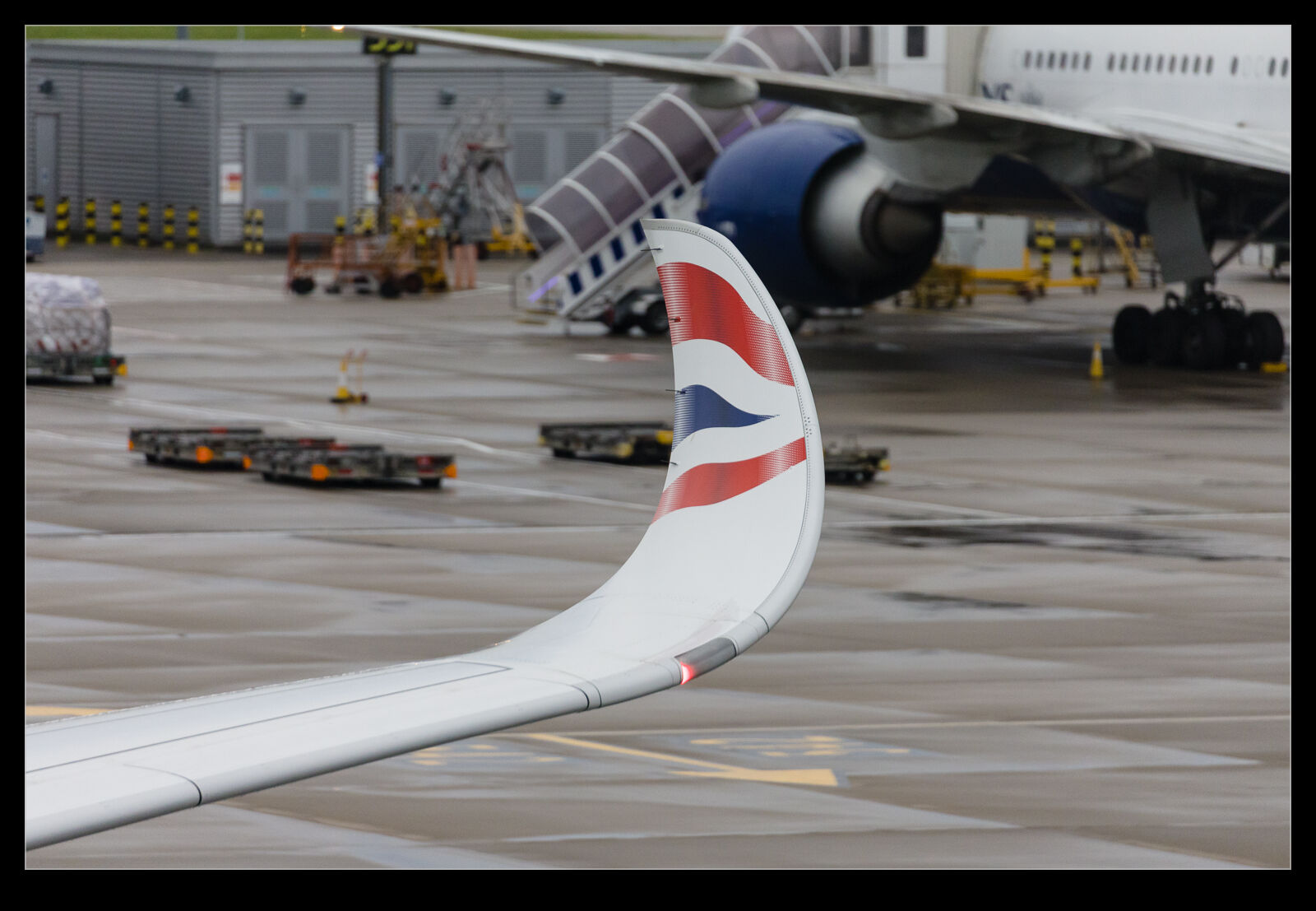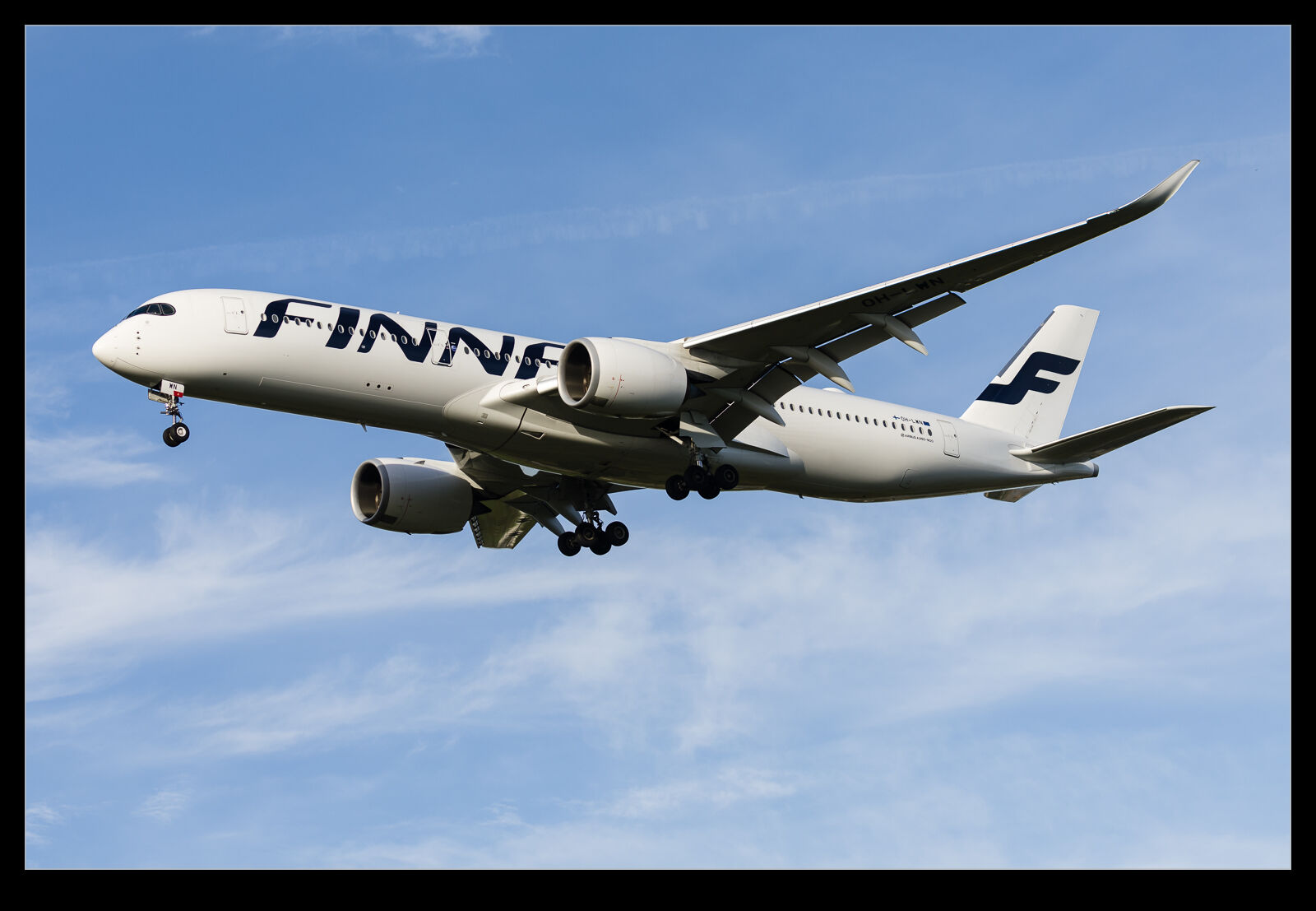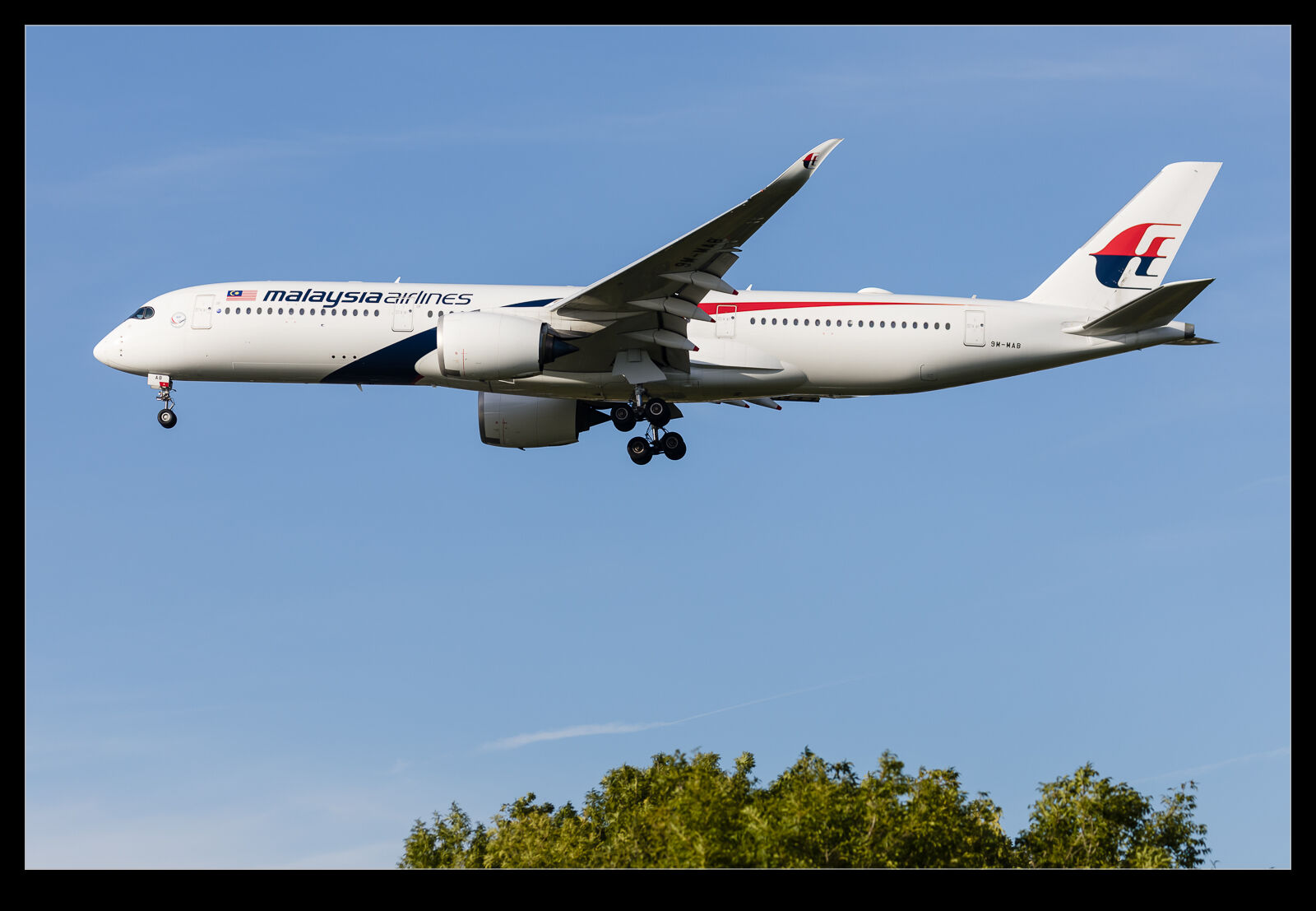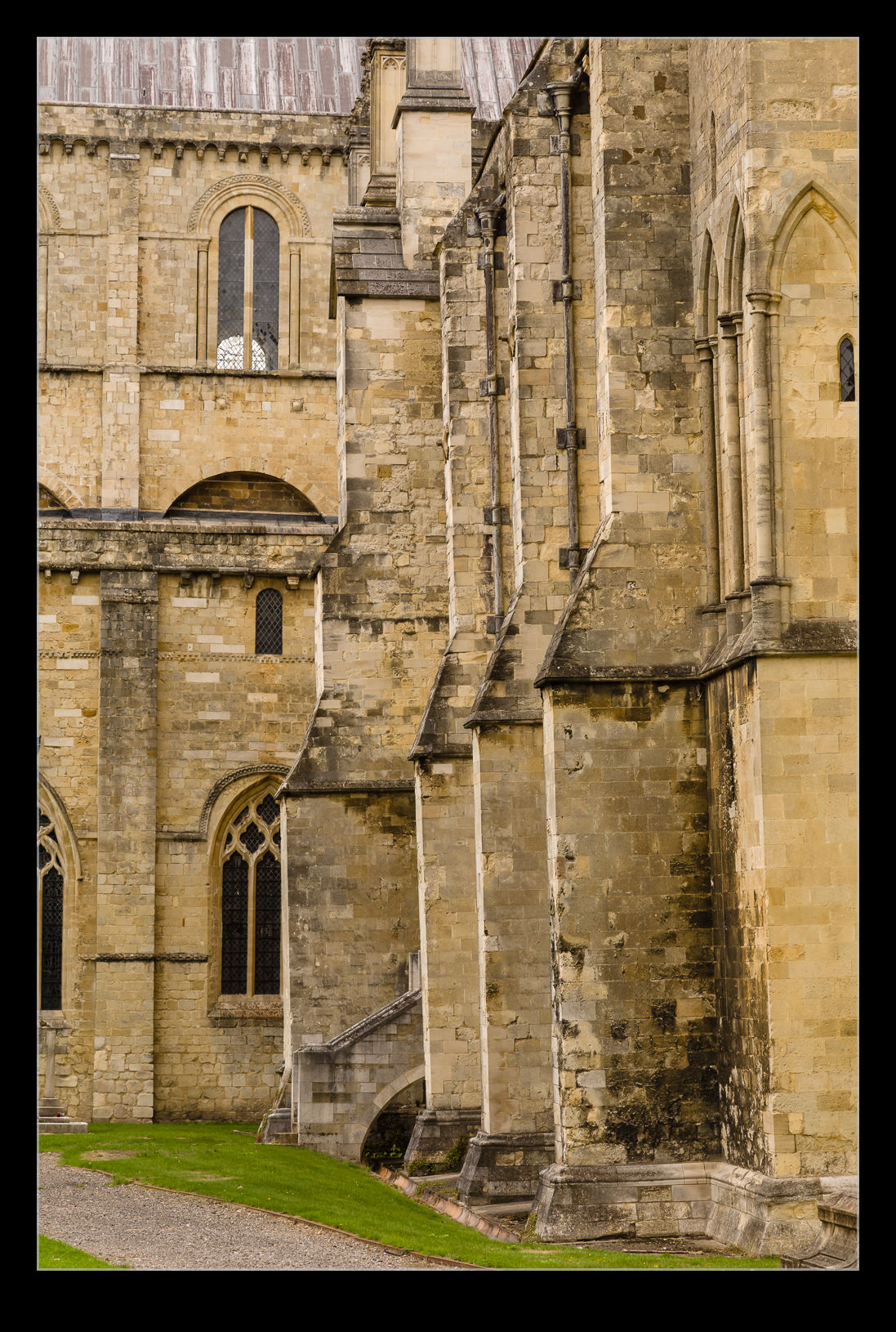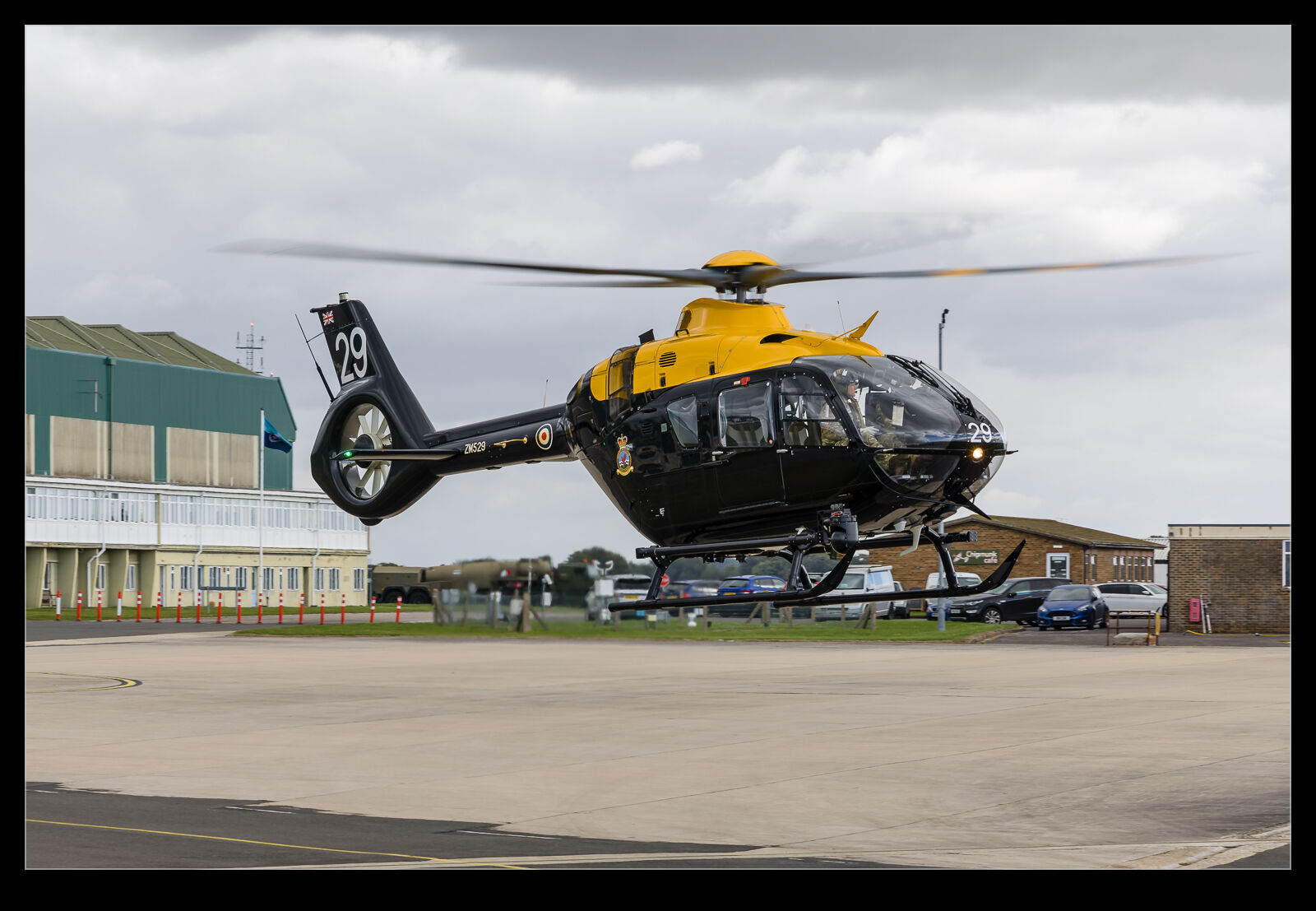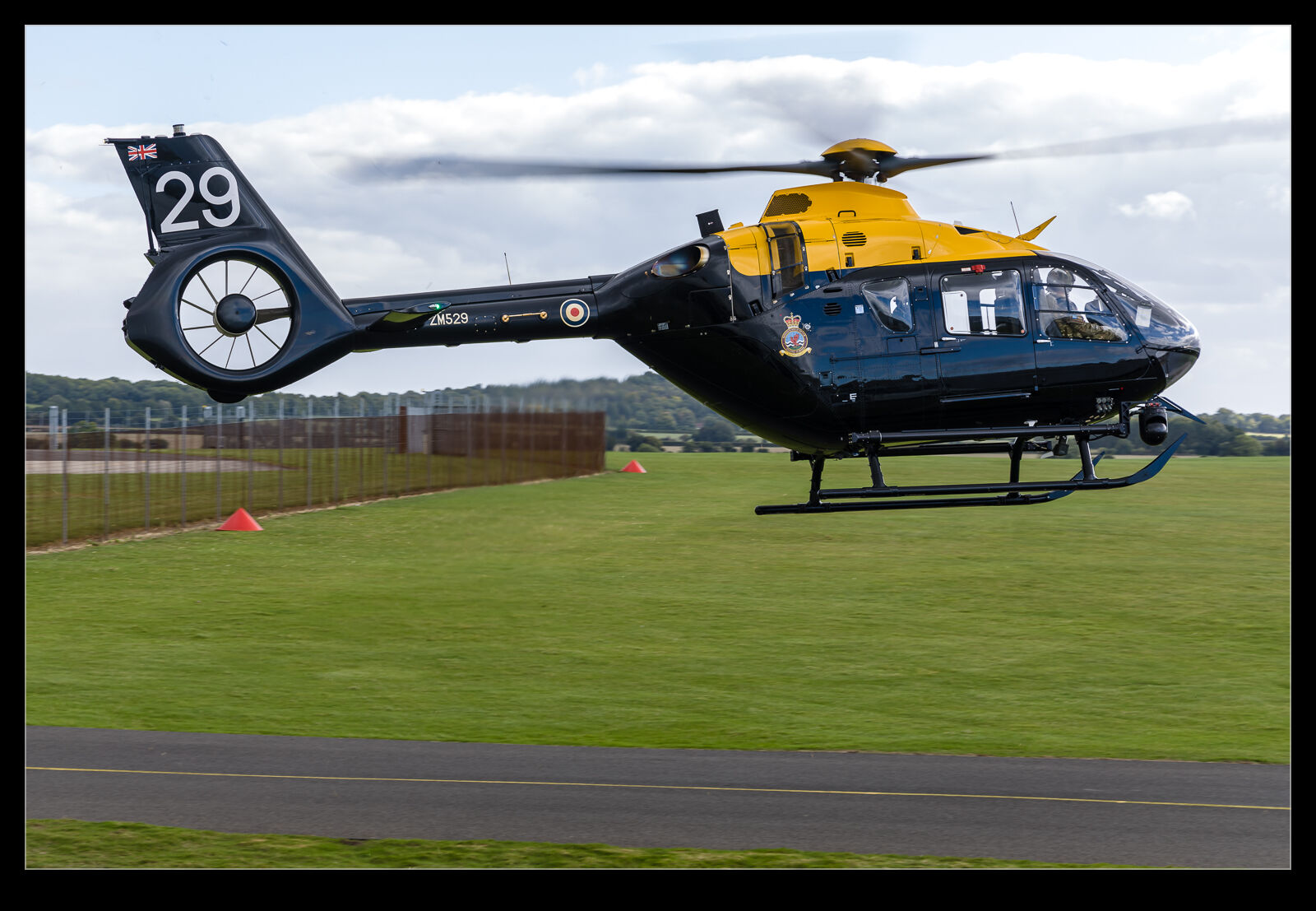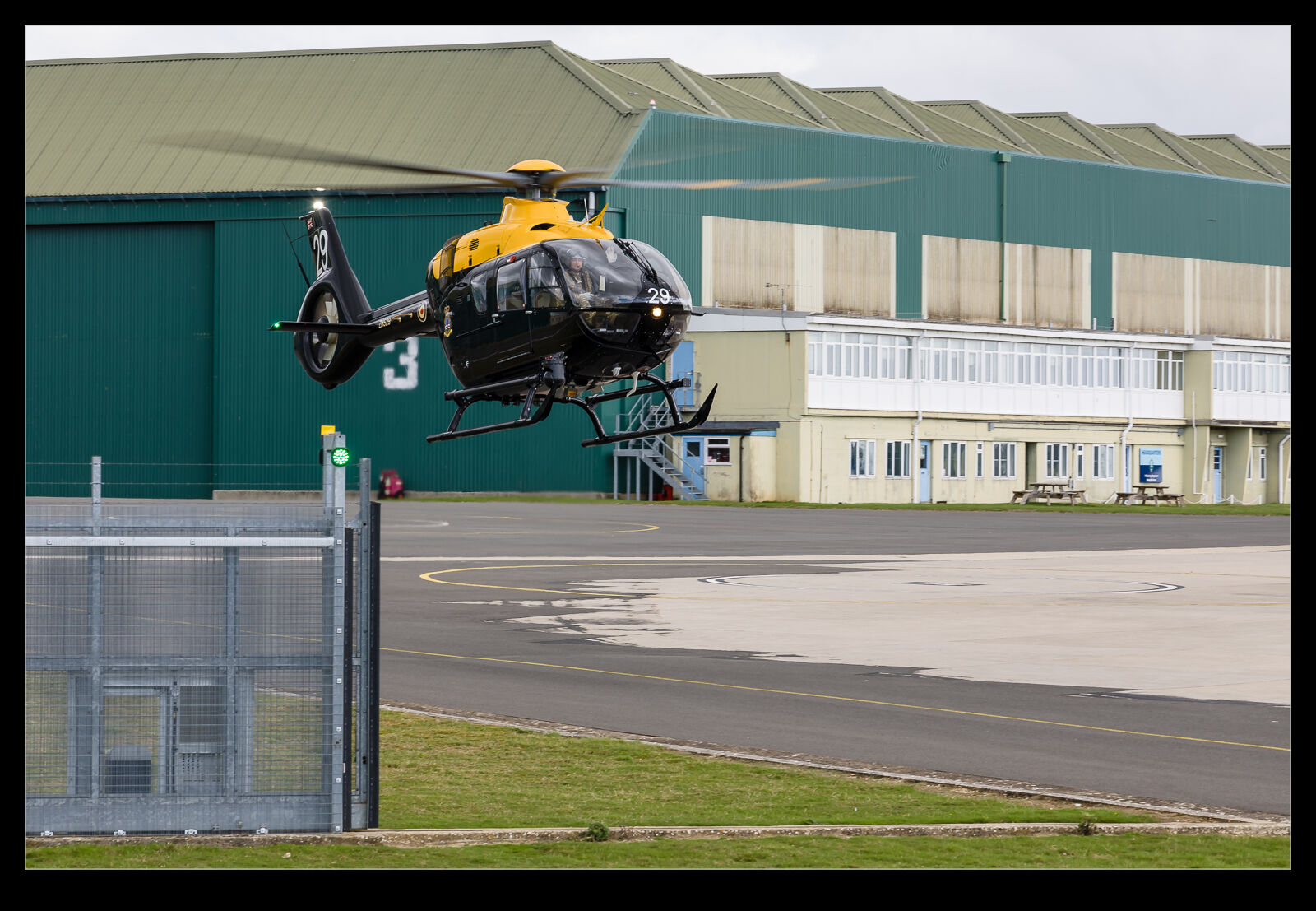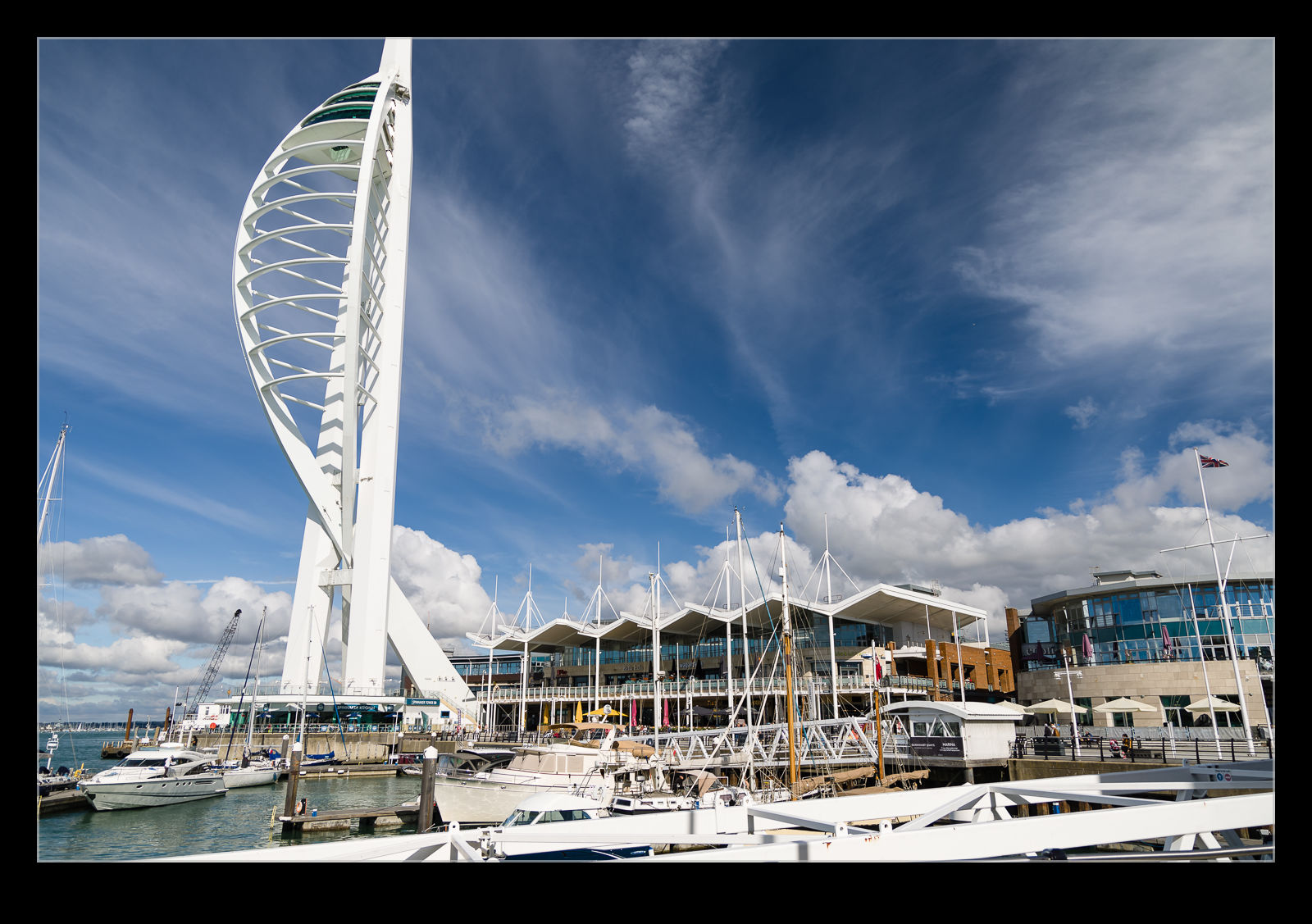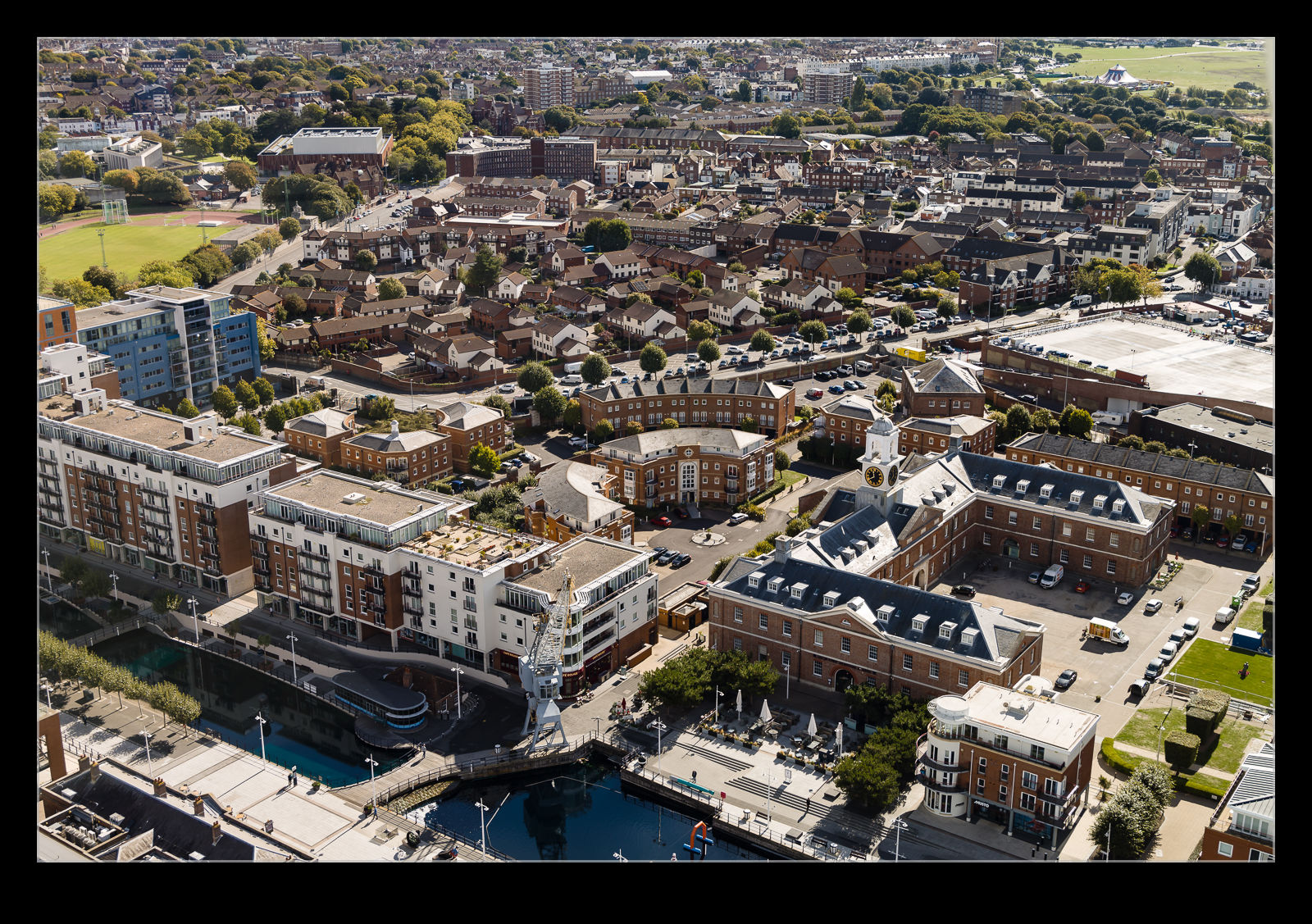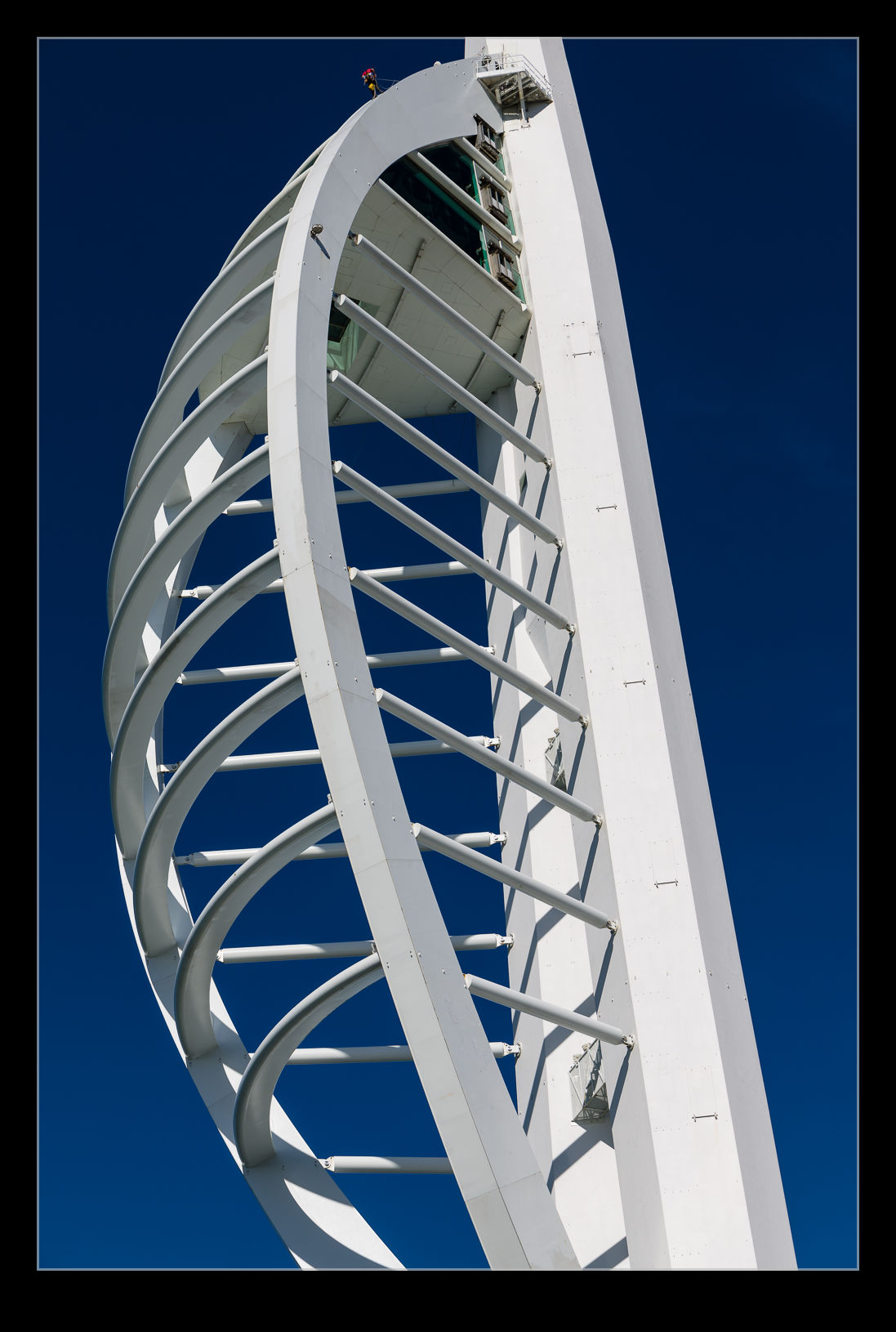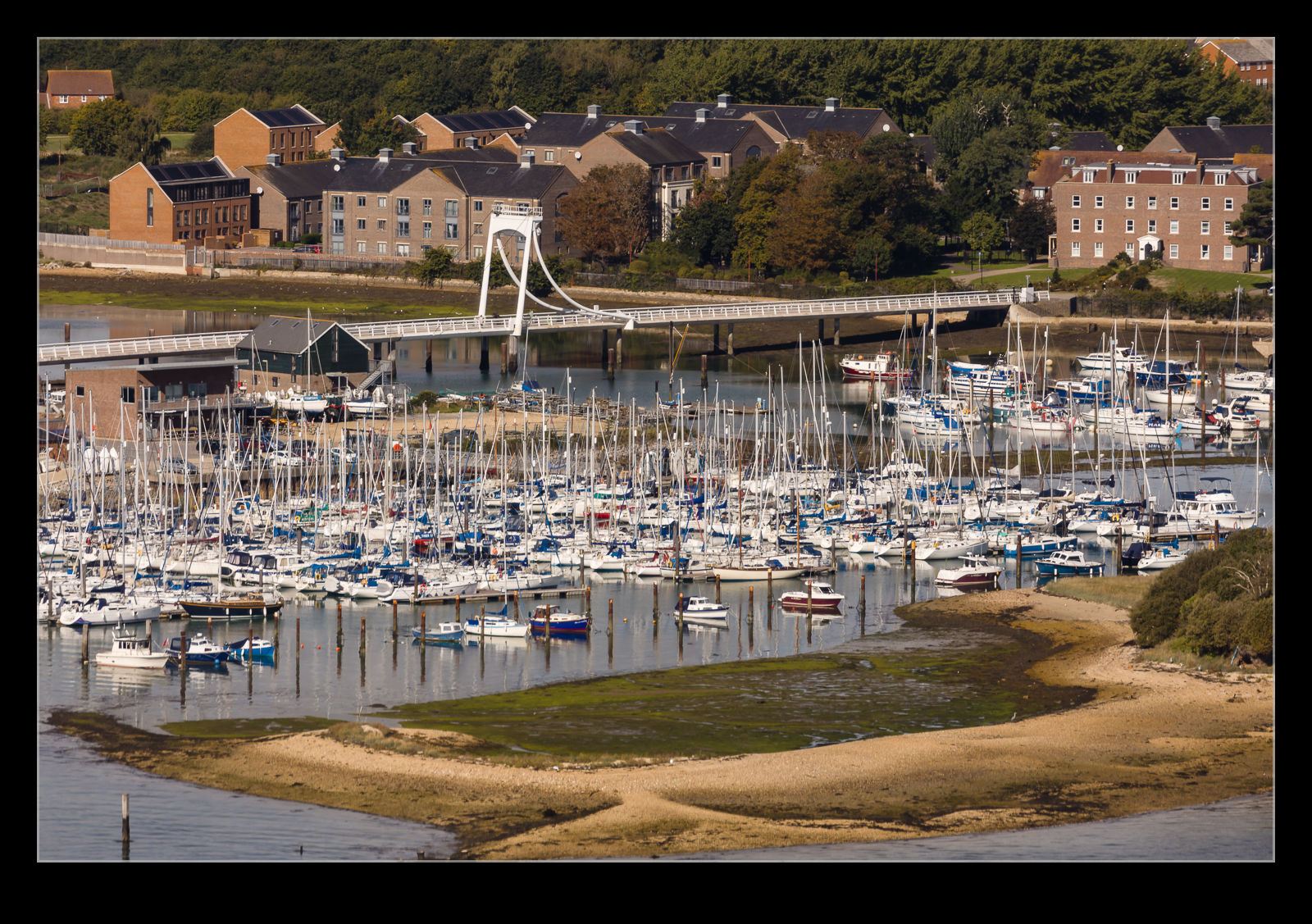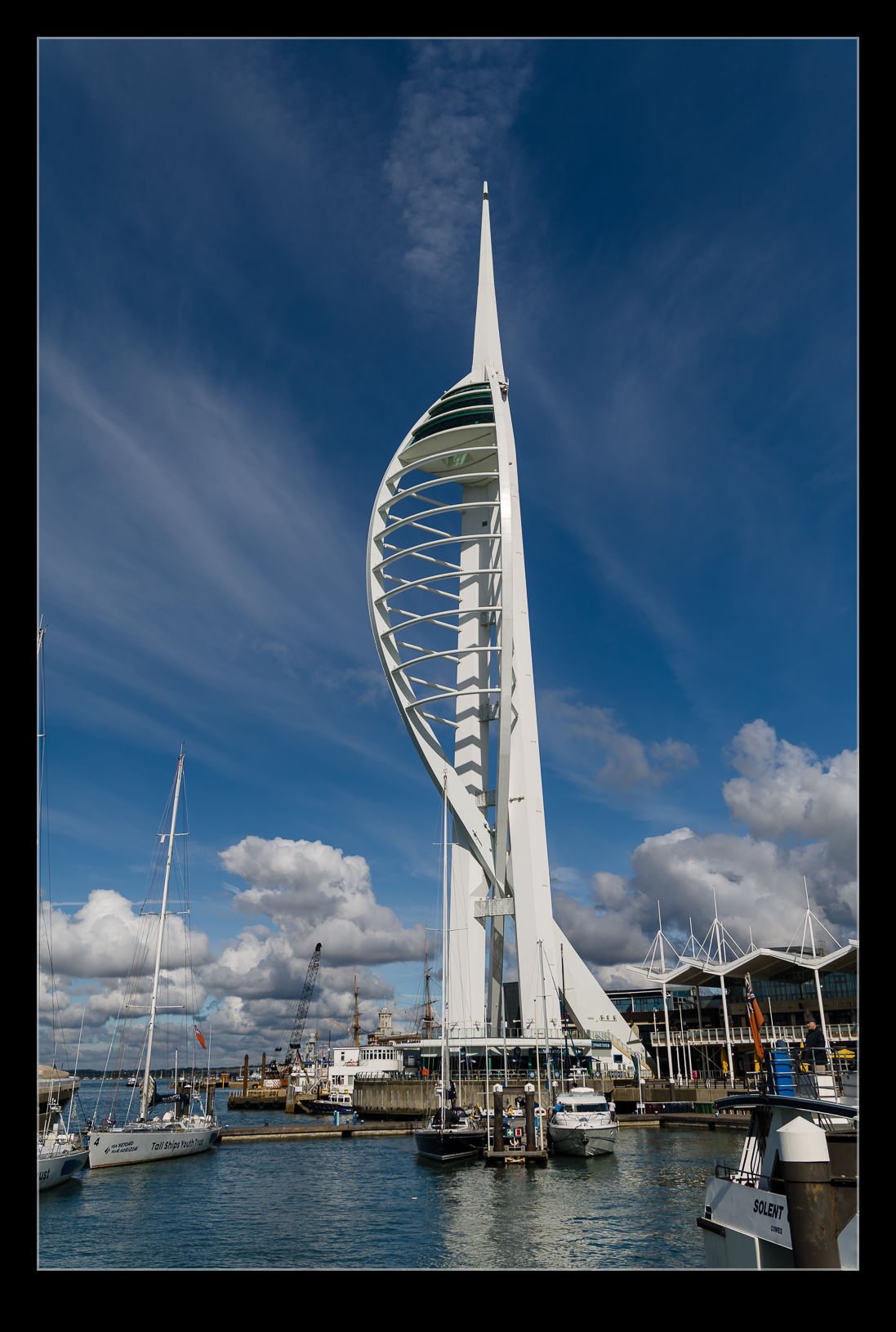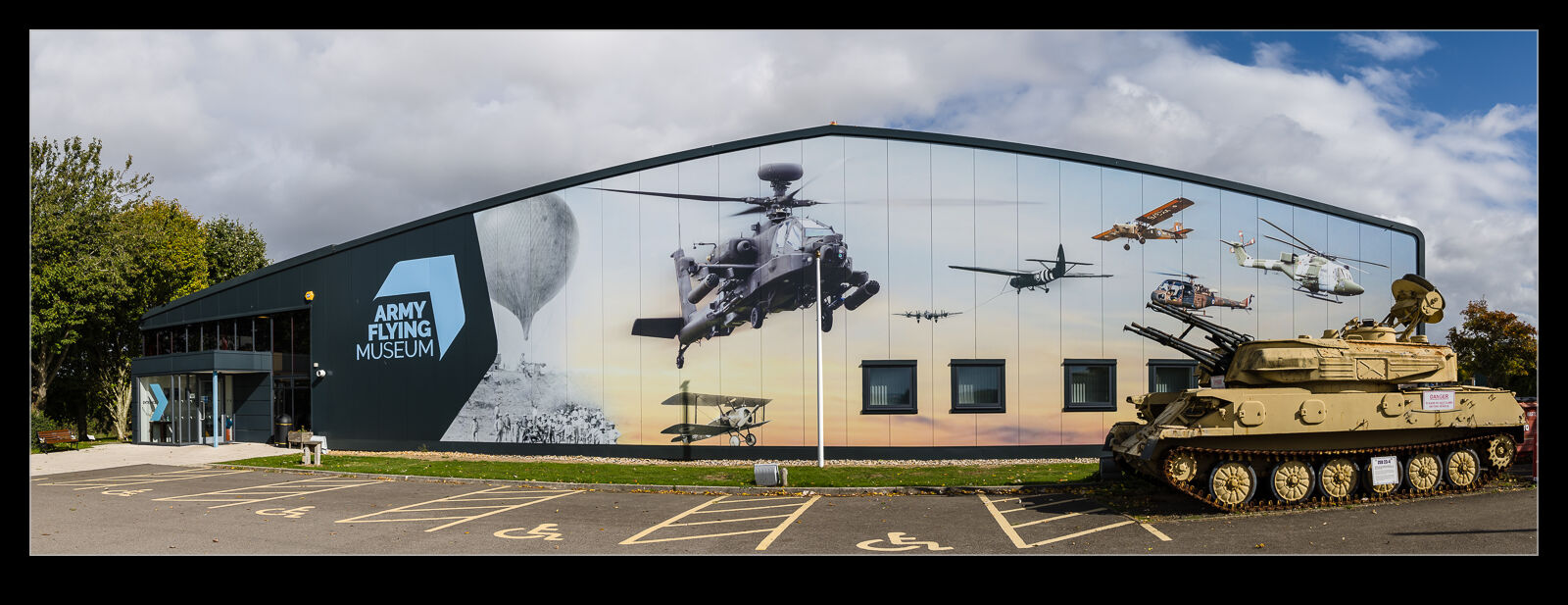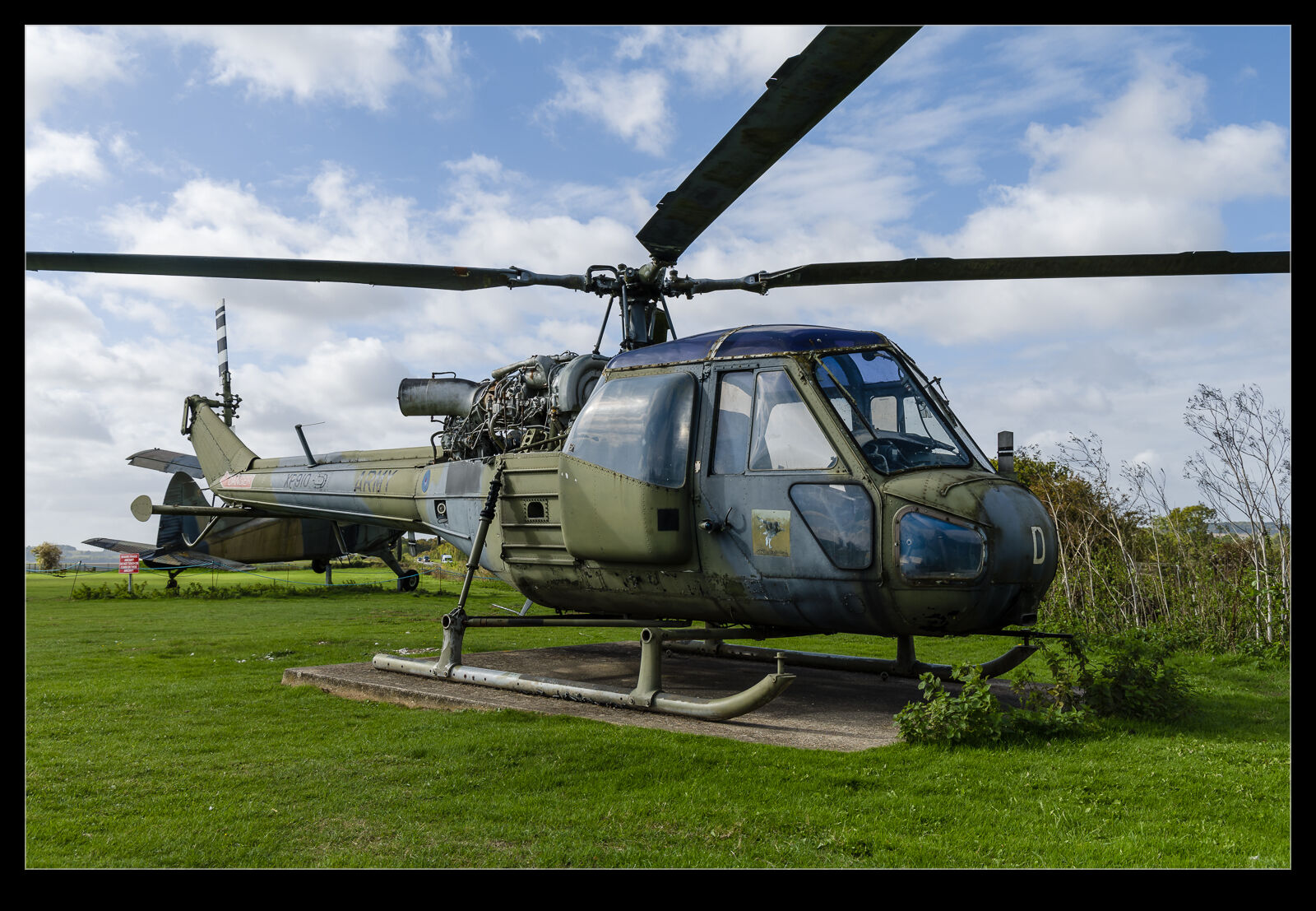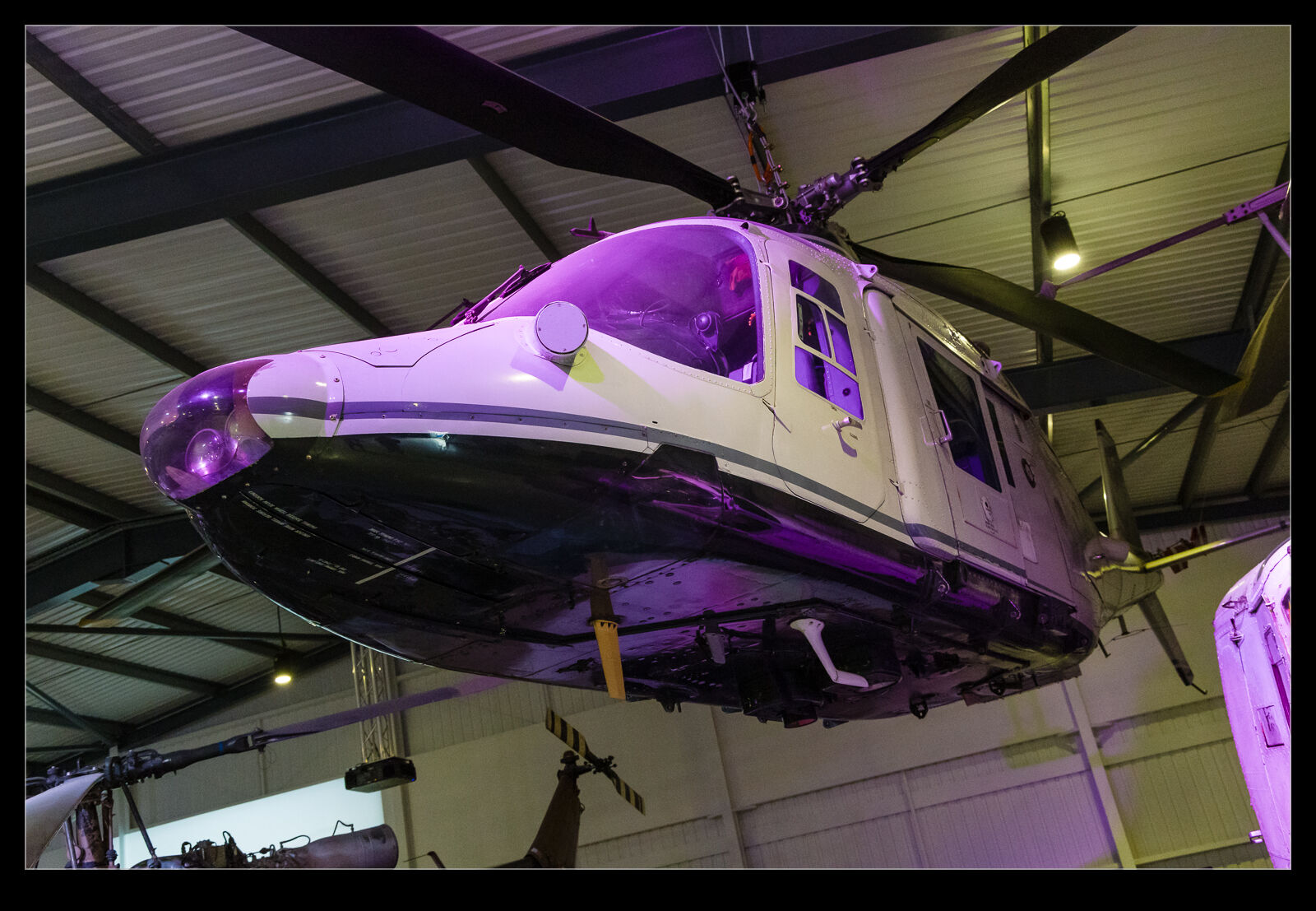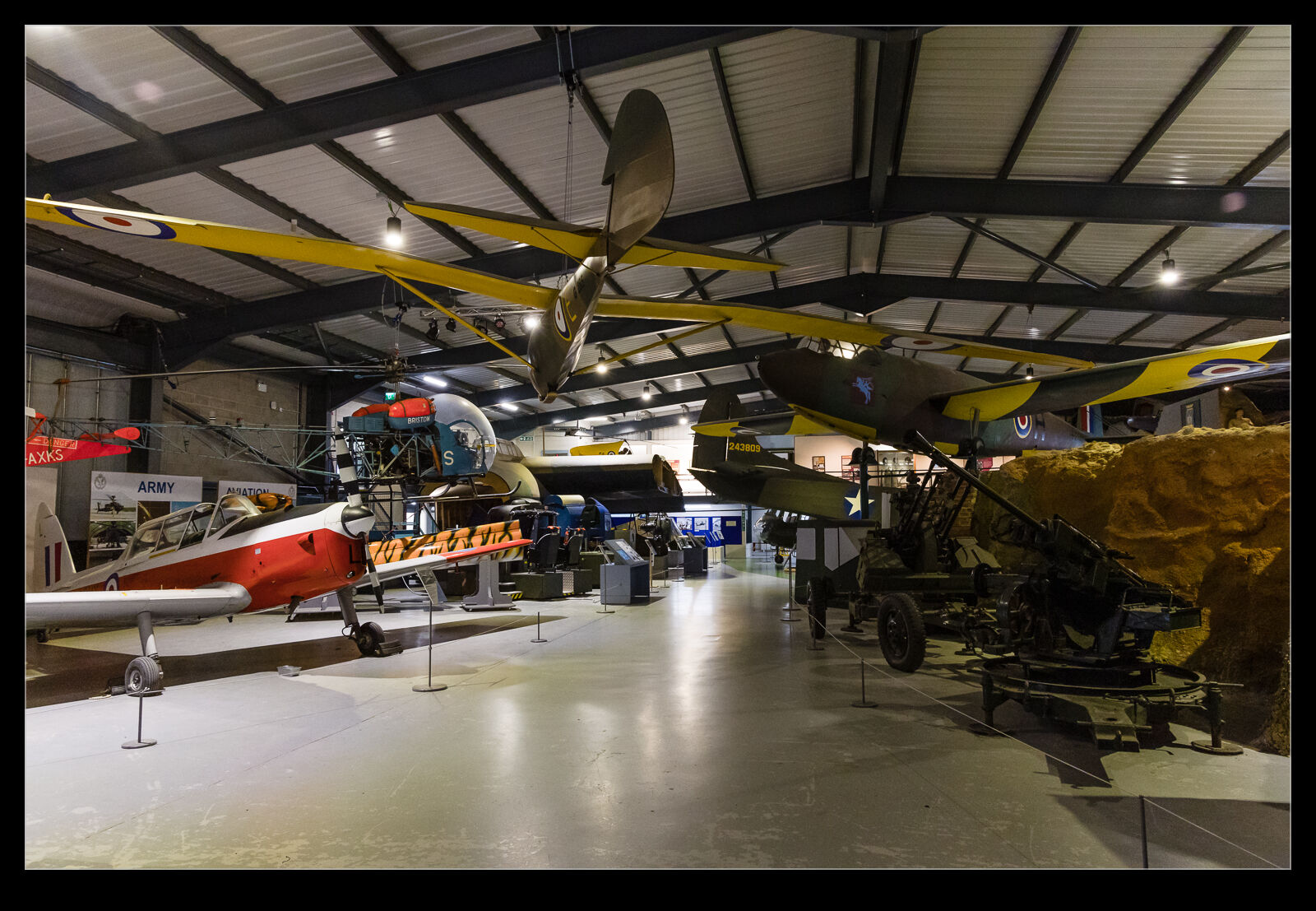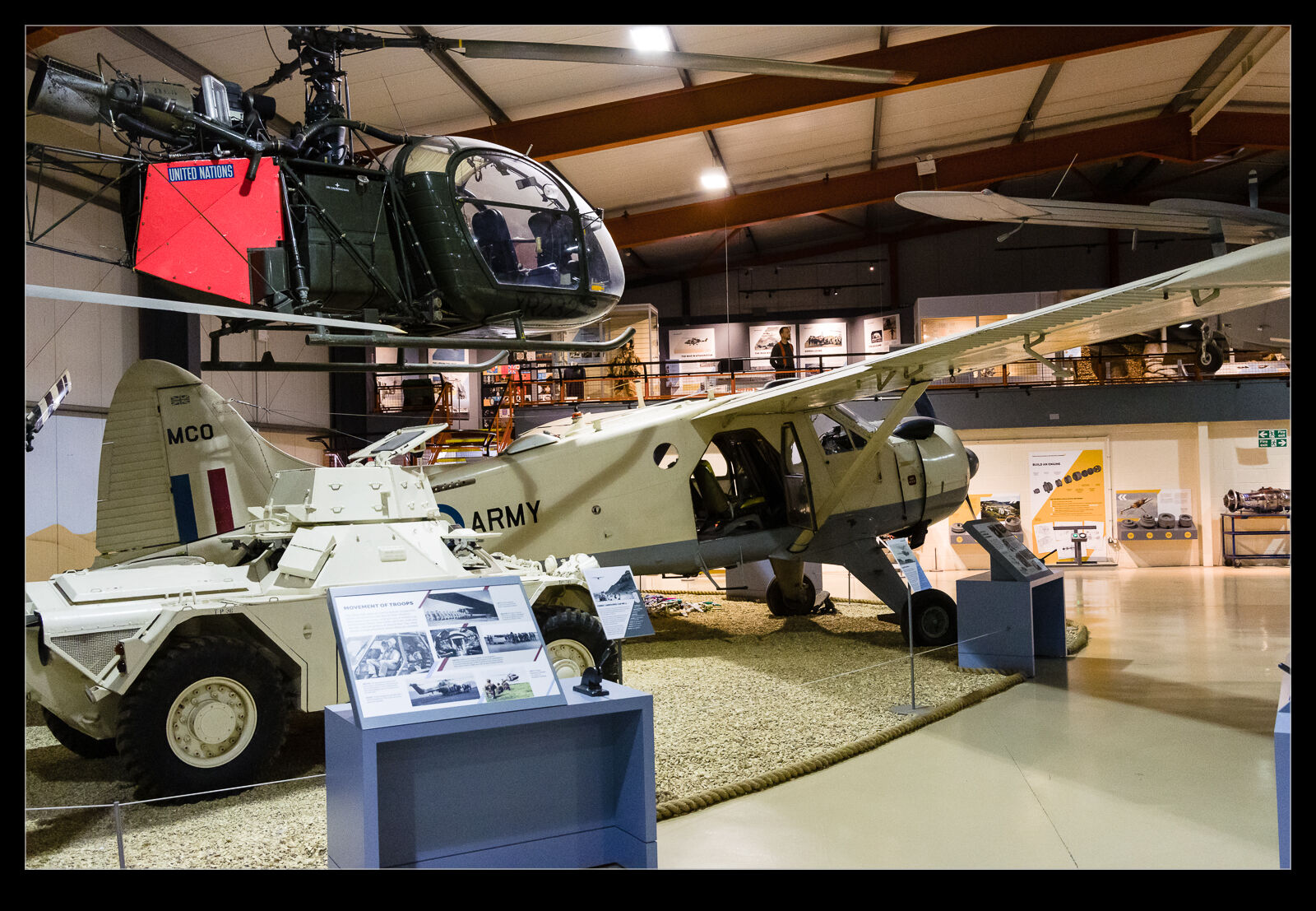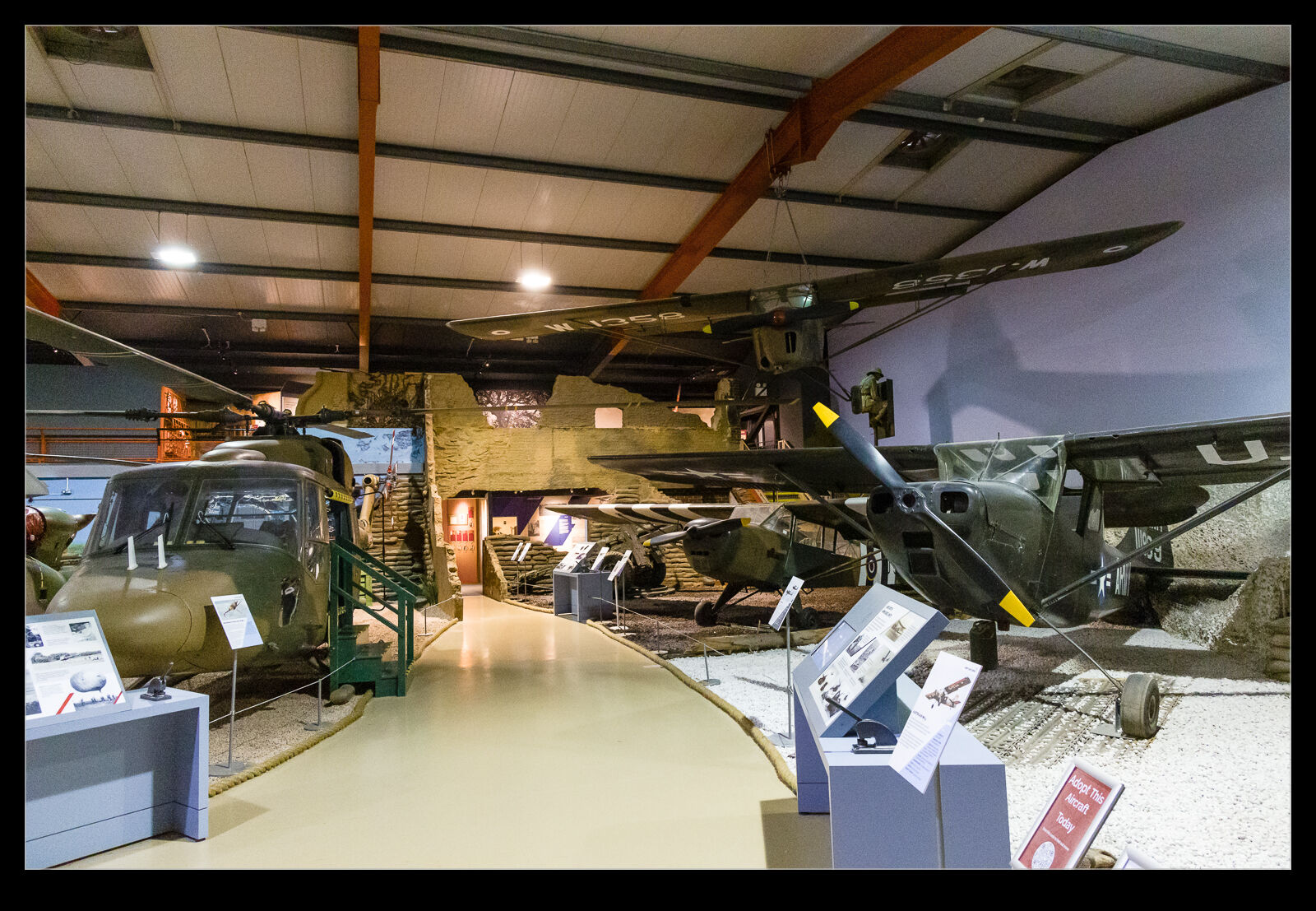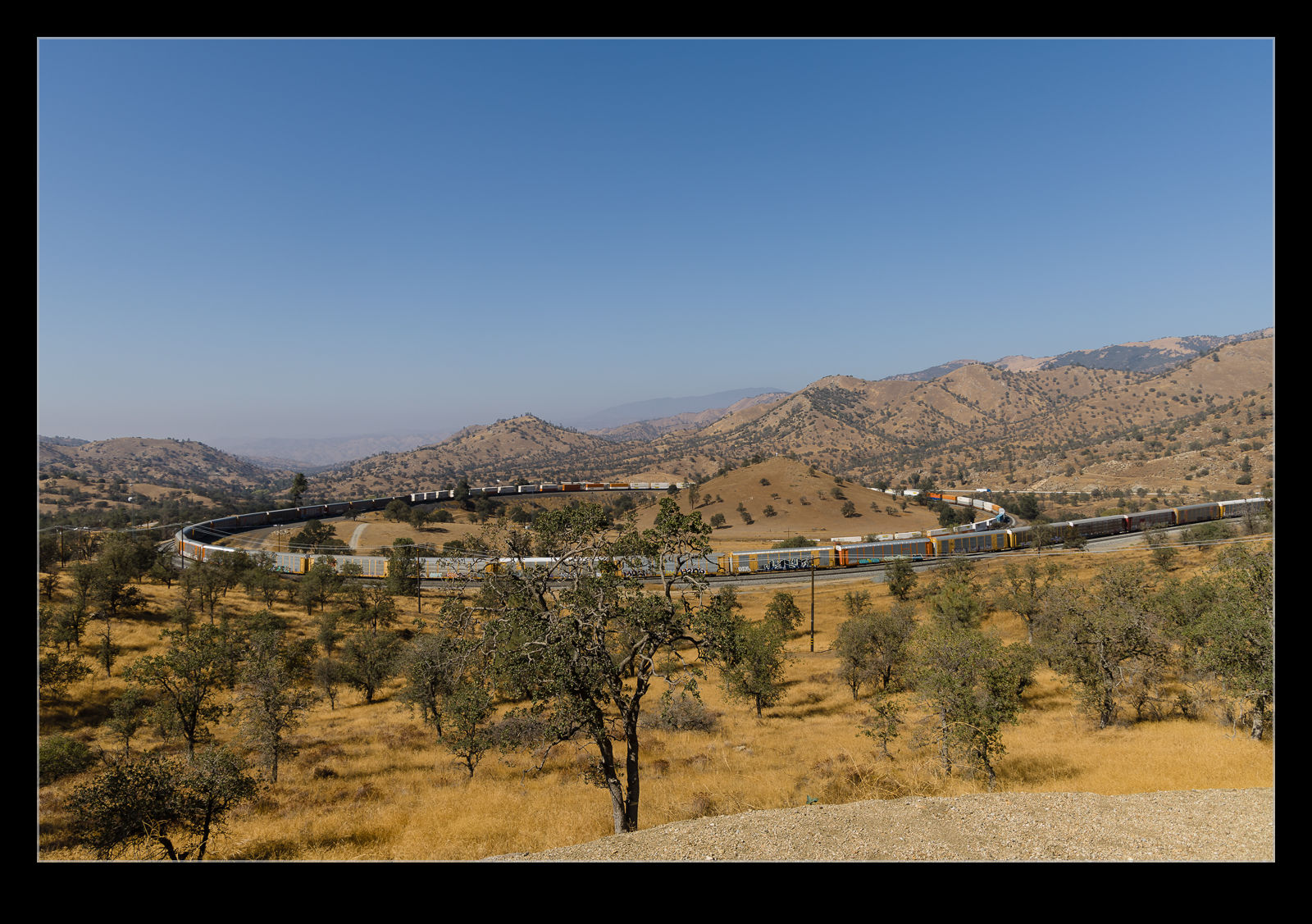 When I first started planning to trip to the Mojave Desert for the Edwards AFB show, a friend of mine in the Midwest was also planning on being there. He said he was also going to visit the Tehachapi Loop. I was vaguely aware of it but decided to look it up. While he ended up not making the trip, I took some time on my last day to go across to see the loop for myself. The Tehachapi Pass is a steep climb for a train to make and, in order for it to climb sufficiently in one section, the engineers that laid out the alignment put in a special configuration.
When I first started planning to trip to the Mojave Desert for the Edwards AFB show, a friend of mine in the Midwest was also planning on being there. He said he was also going to visit the Tehachapi Loop. I was vaguely aware of it but decided to look it up. While he ended up not making the trip, I took some time on my last day to go across to see the loop for myself. The Tehachapi Pass is a steep climb for a train to make and, in order for it to climb sufficiently in one section, the engineers that laid out the alignment put in a special configuration.
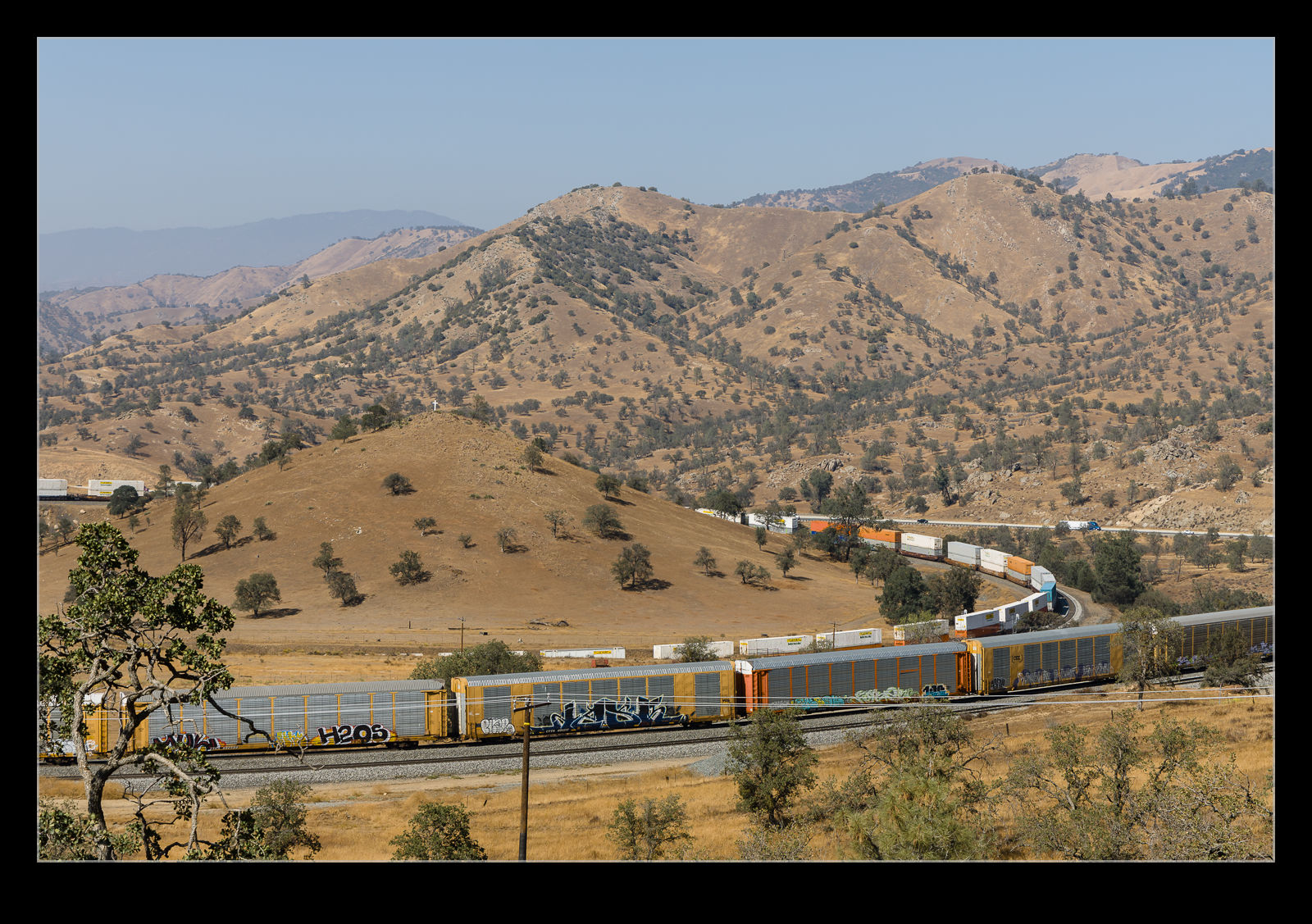 The trains make a 360 degree climbing turn and, given the length of the trains, the leading part of the train will pass over the top of the back end of the train as it climbs. It is quite something to have a long train twisting around on itself as it climbs the grade. Of course, descending is the reverse but that is less dramatic because the train is braking whereas the climbing trains are working flat out to make it up the hill. The sounds of the locomotives at high power reaches you long before they come in to sight.
The trains make a 360 degree climbing turn and, given the length of the trains, the leading part of the train will pass over the top of the back end of the train as it climbs. It is quite something to have a long train twisting around on itself as it climbs the grade. Of course, descending is the reverse but that is less dramatic because the train is braking whereas the climbing trains are working flat out to make it up the hill. The sounds of the locomotives at high power reaches you long before they come in to sight.
 When I got there, I had no idea whether I would see a train or not. I had plenty of time but I didn’t know whether the trains were regular on a Sunday. Fortunately, it wasn’t long before a train came into the loop heading down the hill. I watched it negotiate the curves and the parts of the train appear and disappear. The interesting news was, as it got a little further down the hill, it stopped. This looked promising in that it was probably holding for a train coming up the other way. Sure enough, it wasn’t long before the sounds of multiple locos pulling hard came up the slope.
When I got there, I had no idea whether I would see a train or not. I had plenty of time but I didn’t know whether the trains were regular on a Sunday. Fortunately, it wasn’t long before a train came into the loop heading down the hill. I watched it negotiate the curves and the parts of the train appear and disappear. The interesting news was, as it got a little further down the hill, it stopped. This looked promising in that it was probably holding for a train coming up the other way. Sure enough, it wasn’t long before the sounds of multiple locos pulling hard came up the slope.
 There were four locos on the front of the train dragging their load towards the summit of the pass. The cars were stretched out behind them down the grade and, at the back (long after the lead locos had gone), another pair of locos were bringing up the rear. With the train safely by, I decided I wouldn’t hang around to see if there was more traffic. I had a drive back to the airport to do and didn’t need to wait around just in case.
There were four locos on the front of the train dragging their load towards the summit of the pass. The cars were stretched out behind them down the grade and, at the back (long after the lead locos had gone), another pair of locos were bringing up the rear. With the train safely by, I decided I wouldn’t hang around to see if there was more traffic. I had a drive back to the airport to do and didn’t need to wait around just in case.
